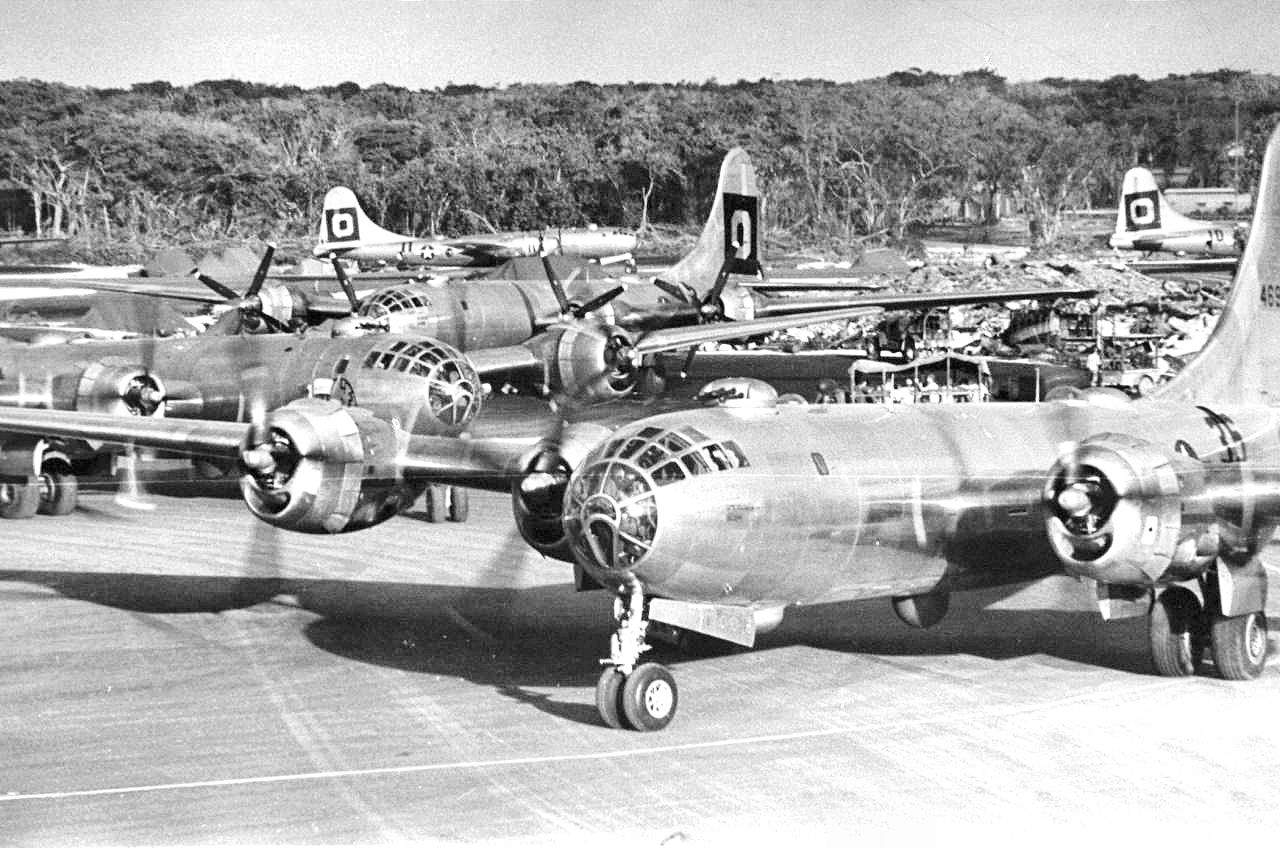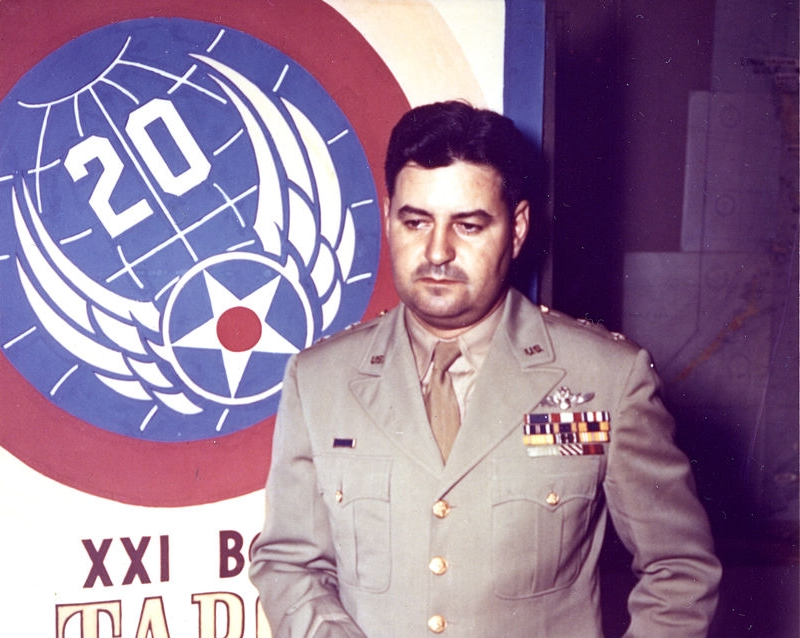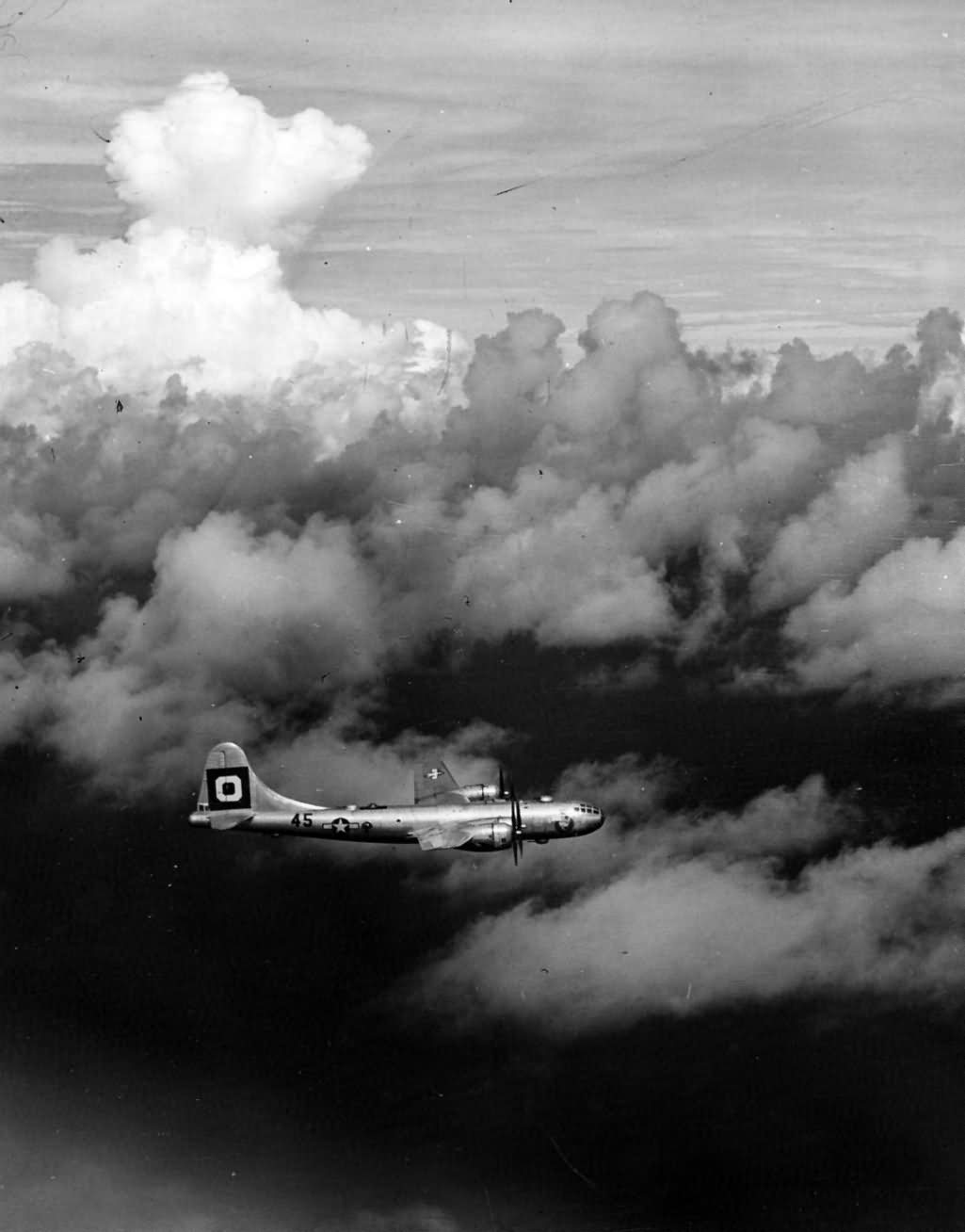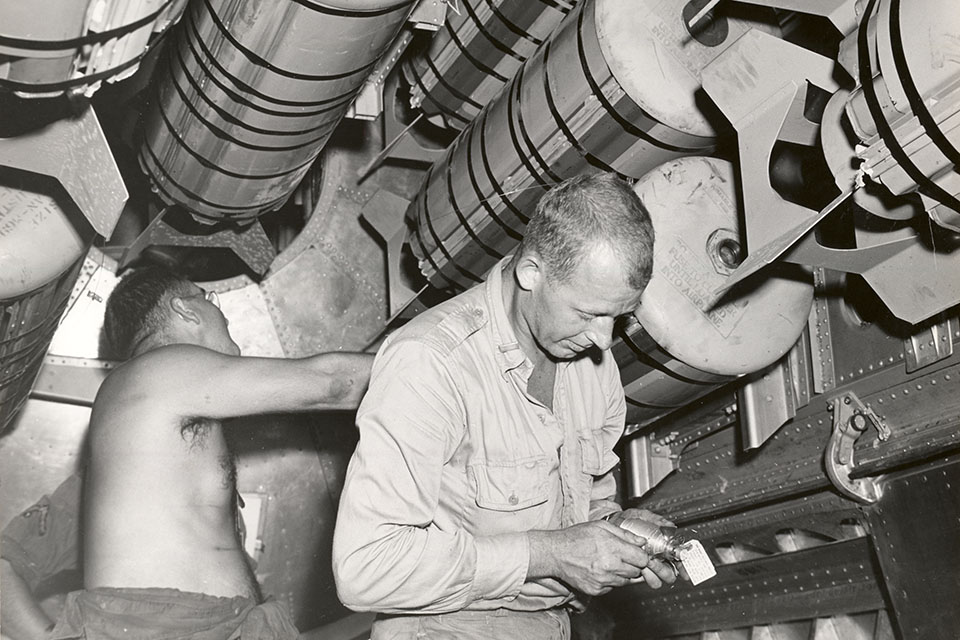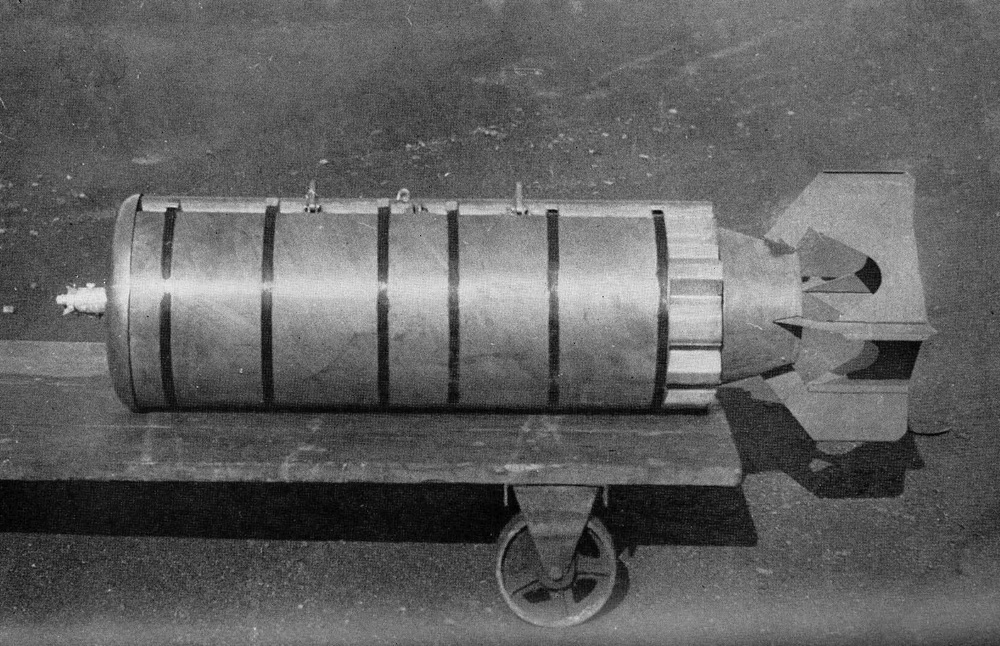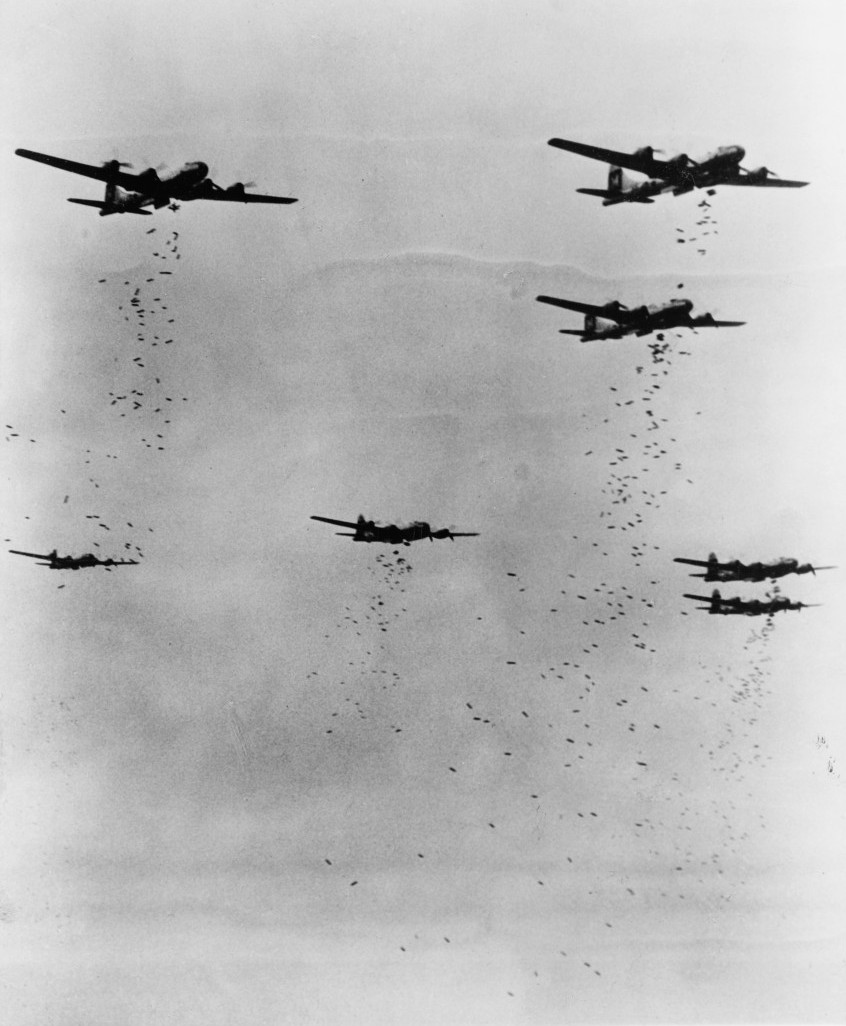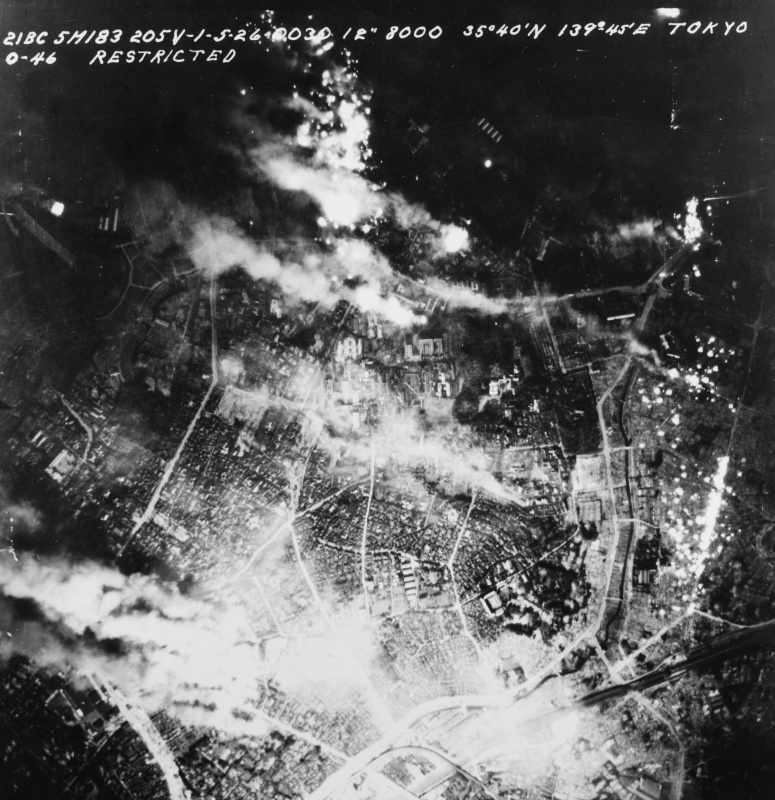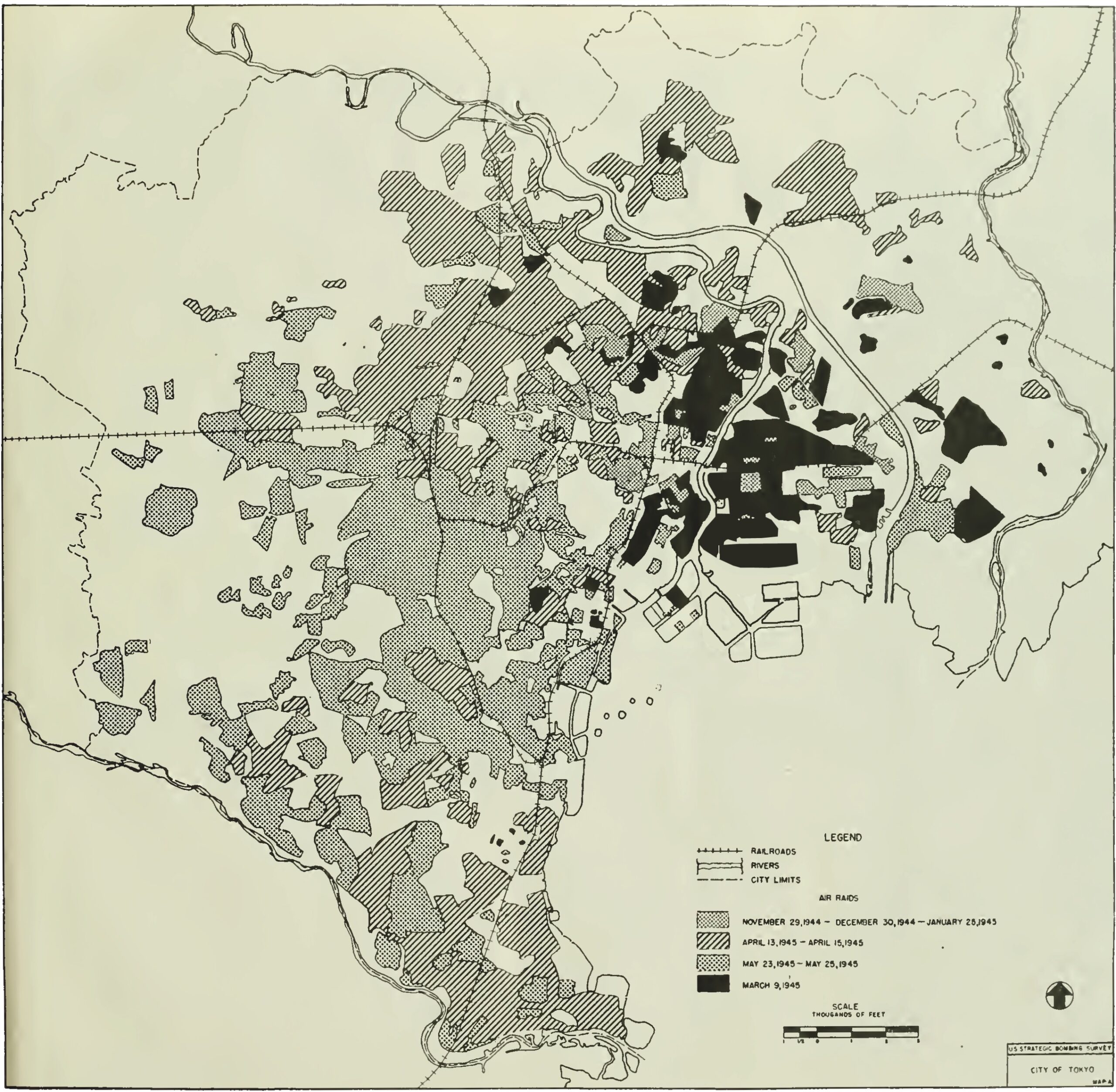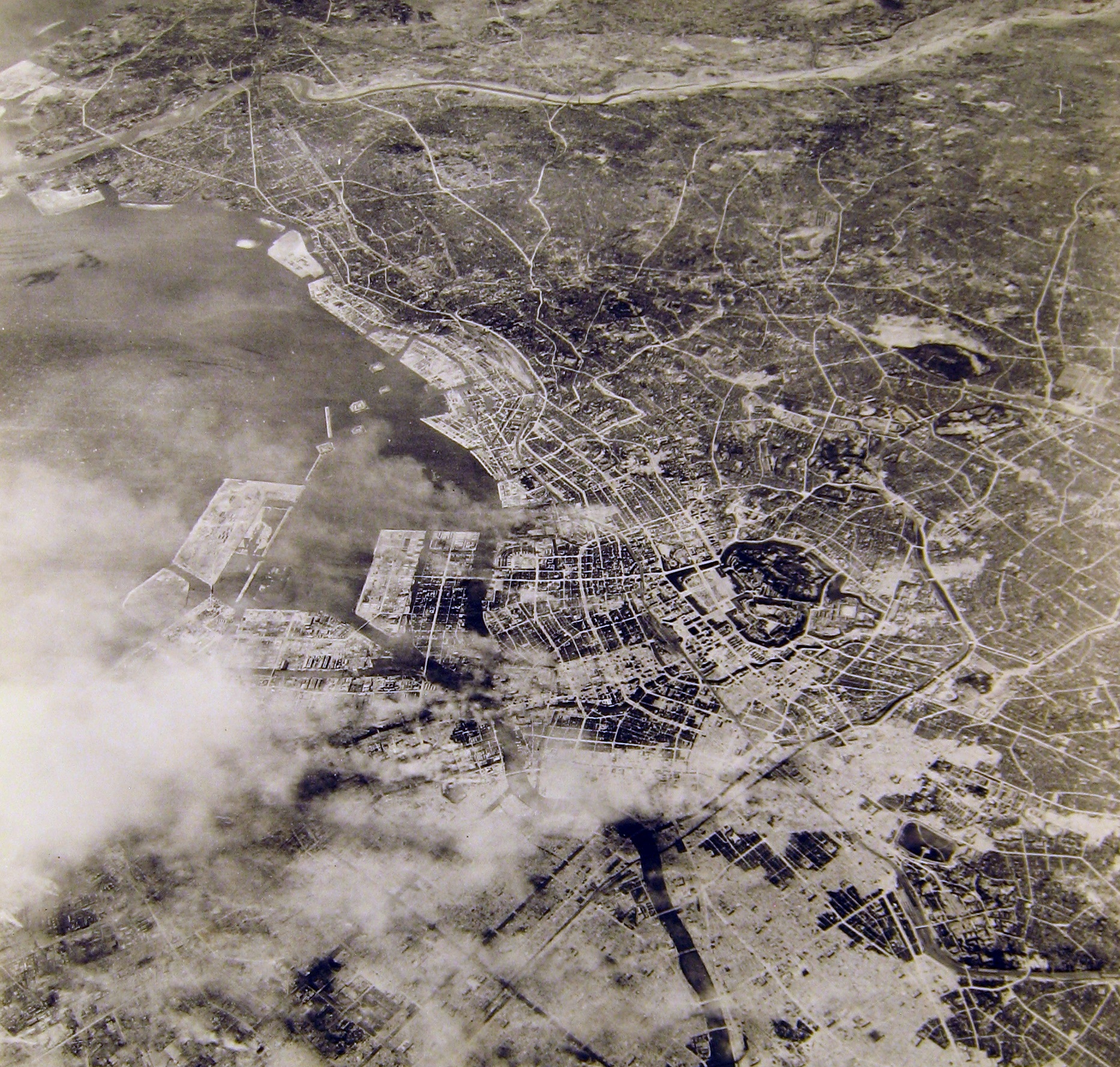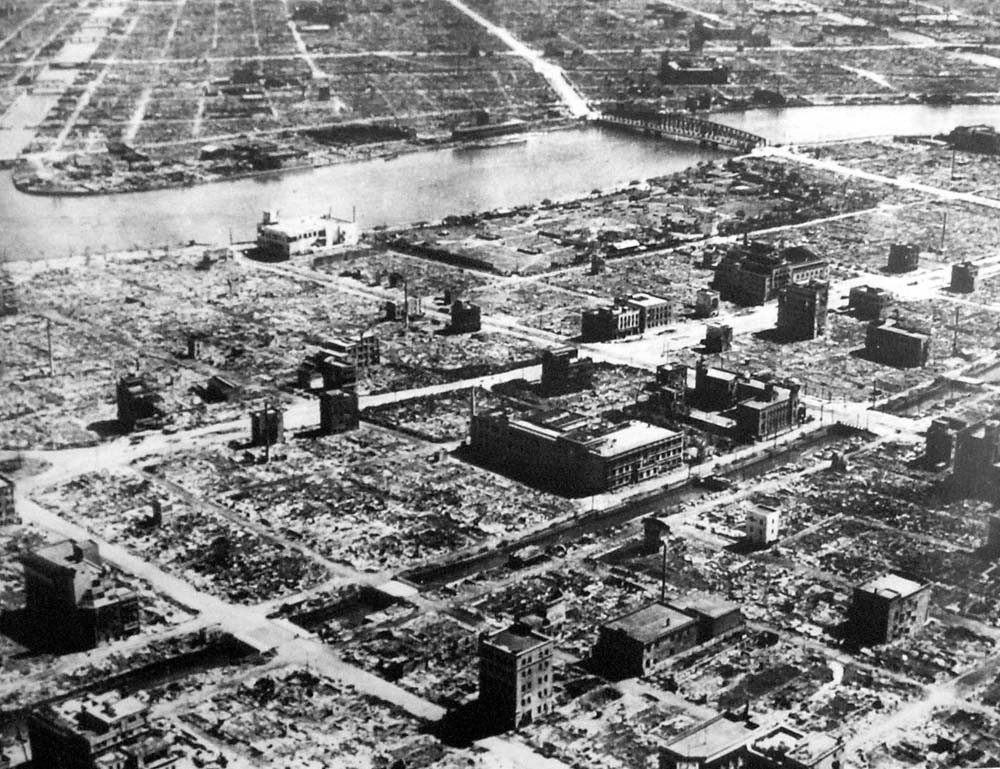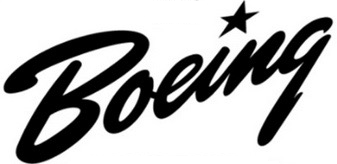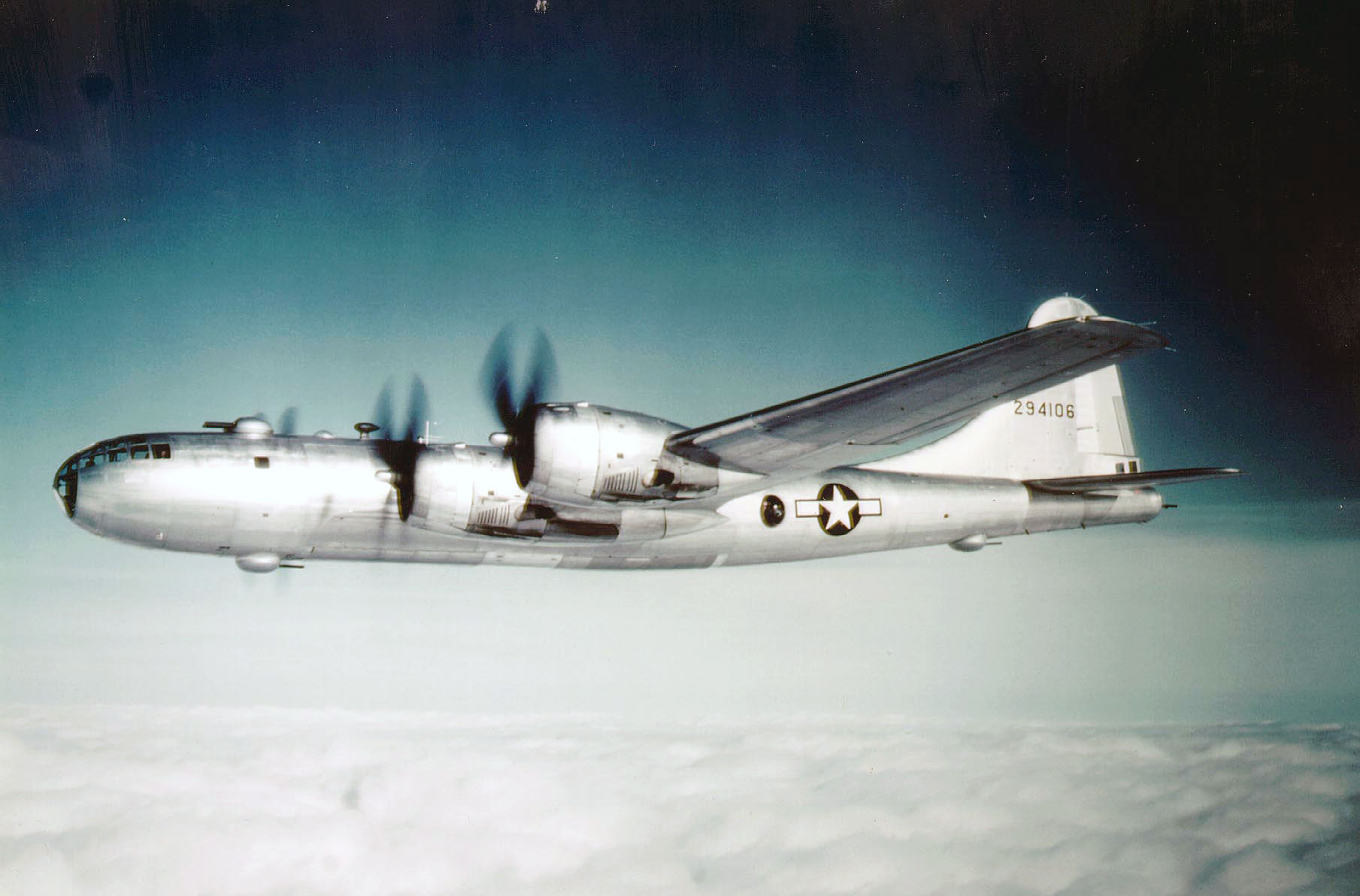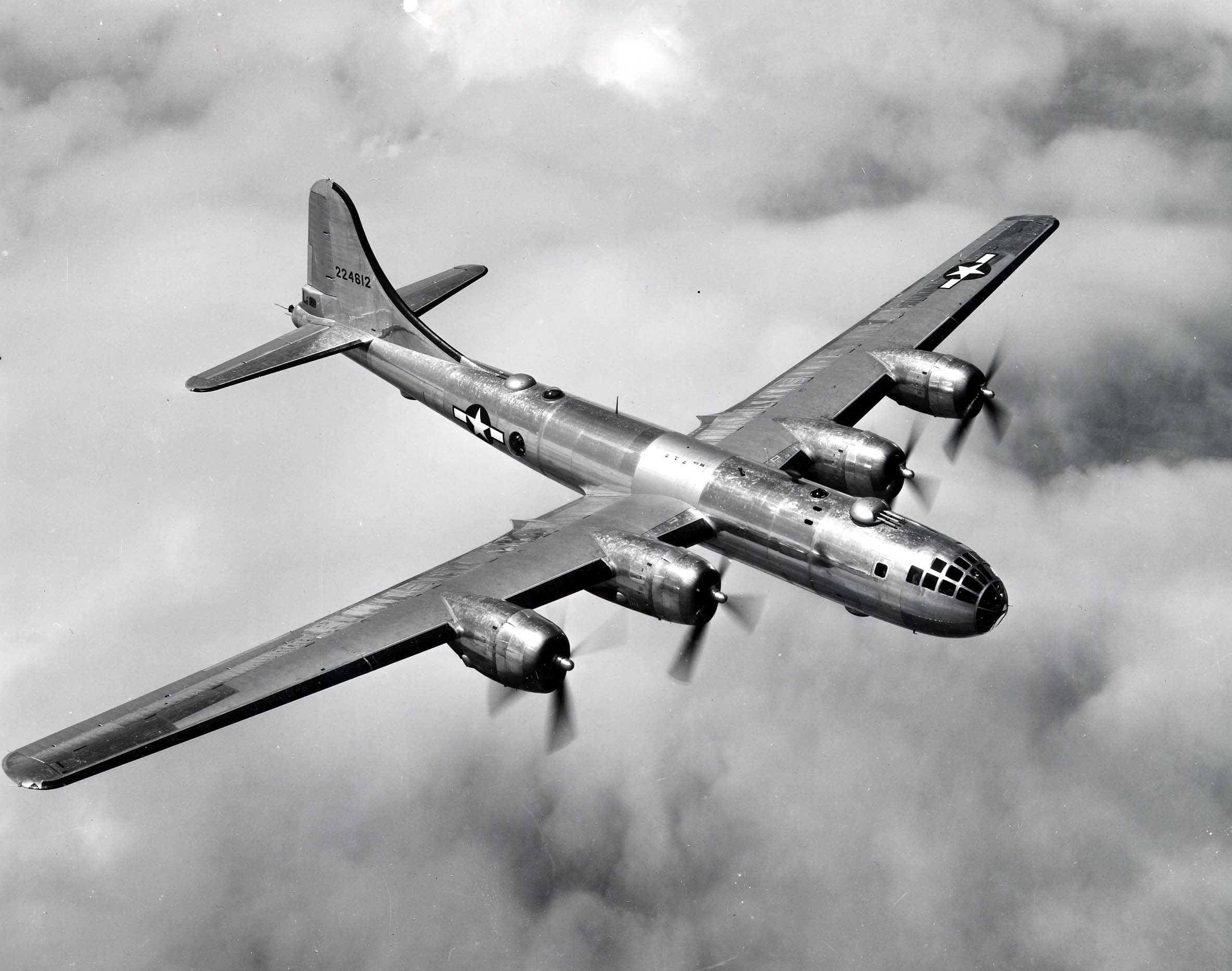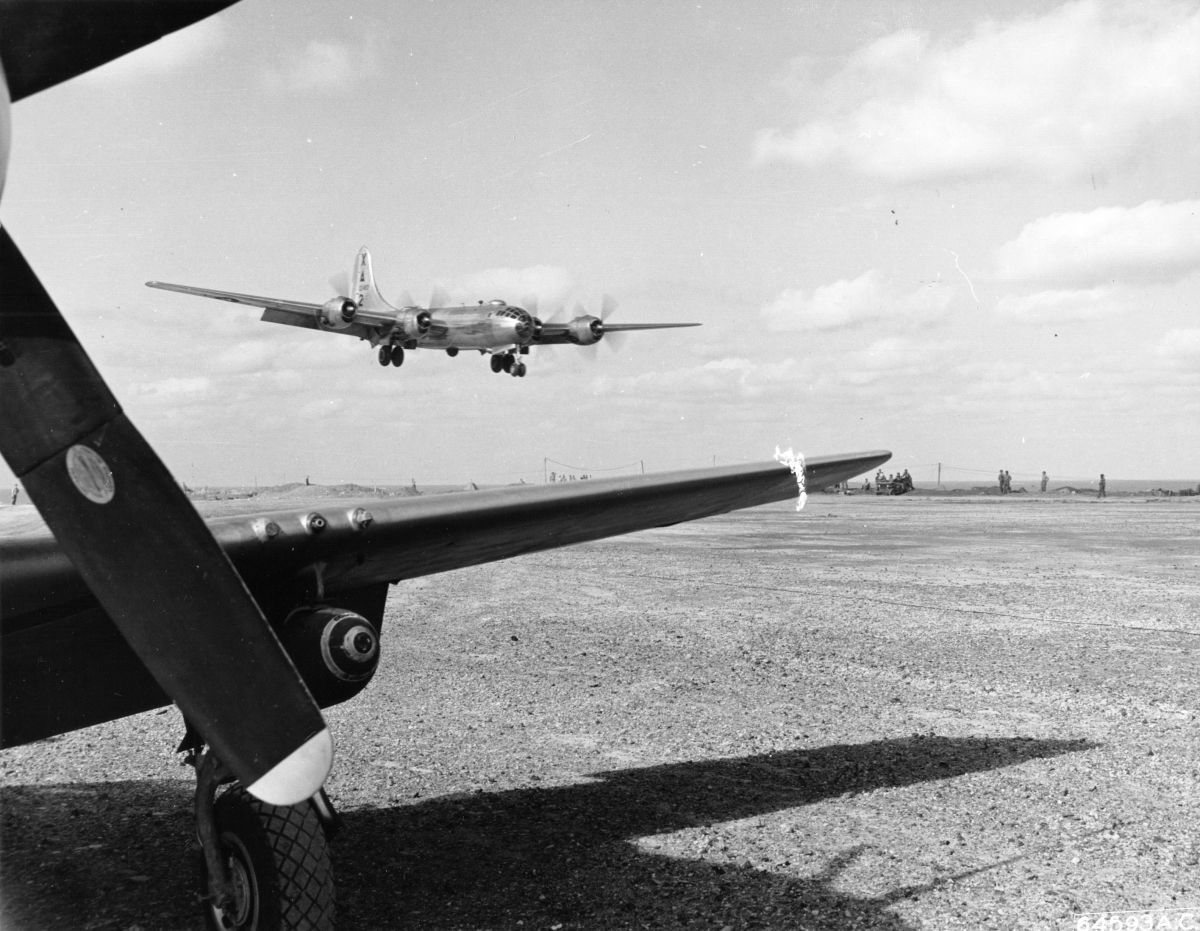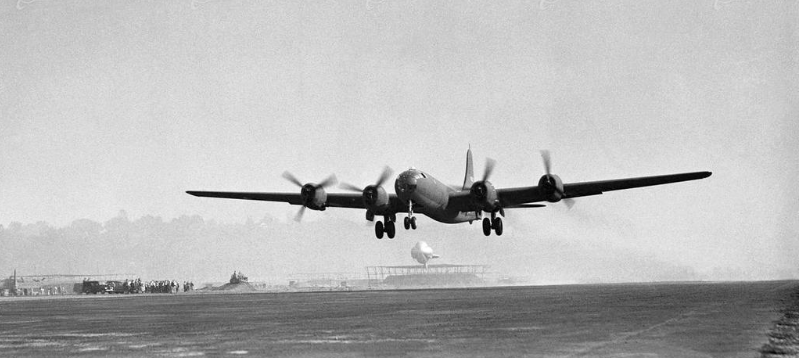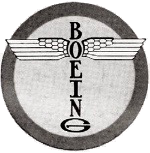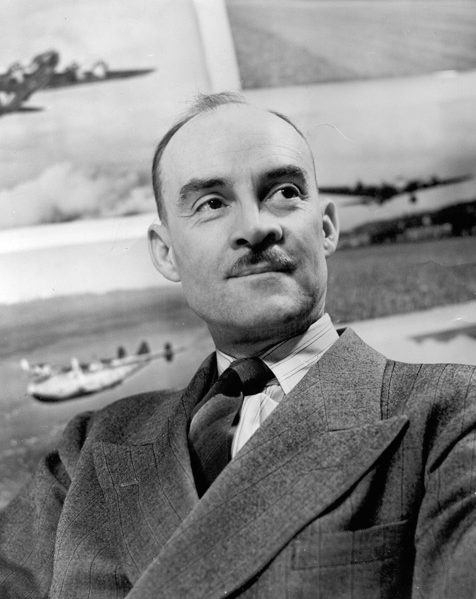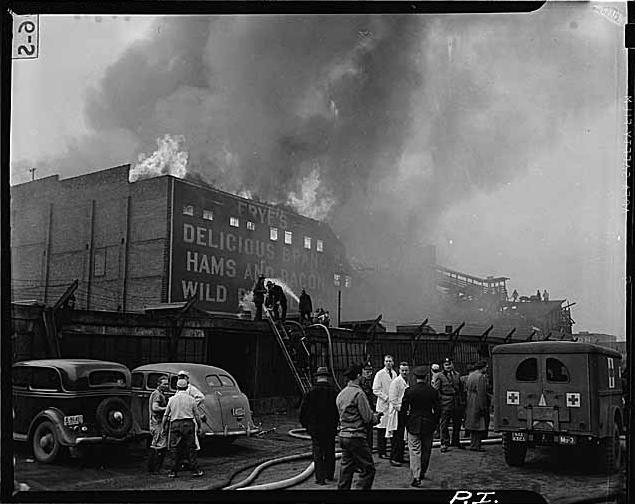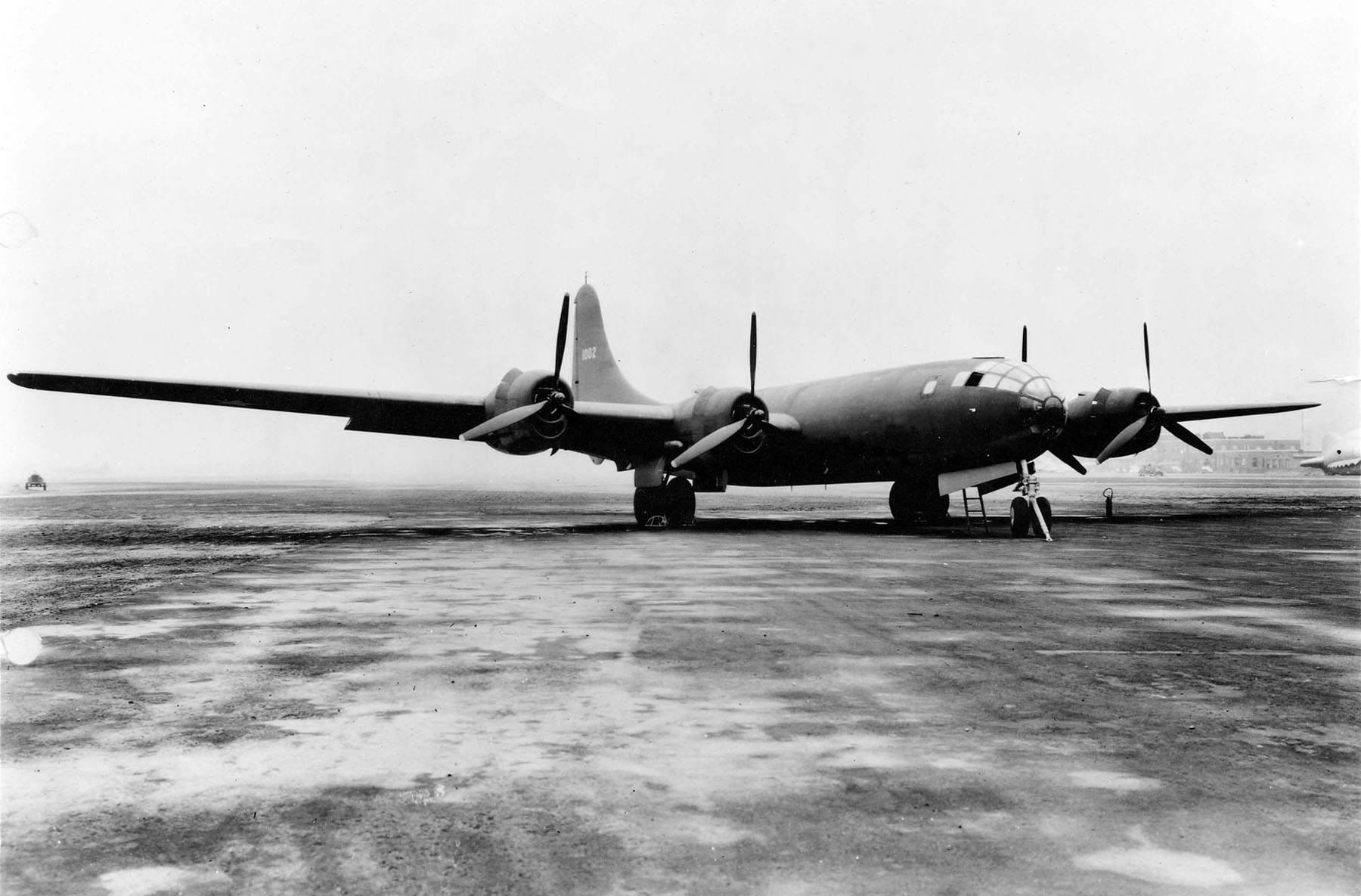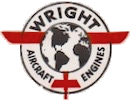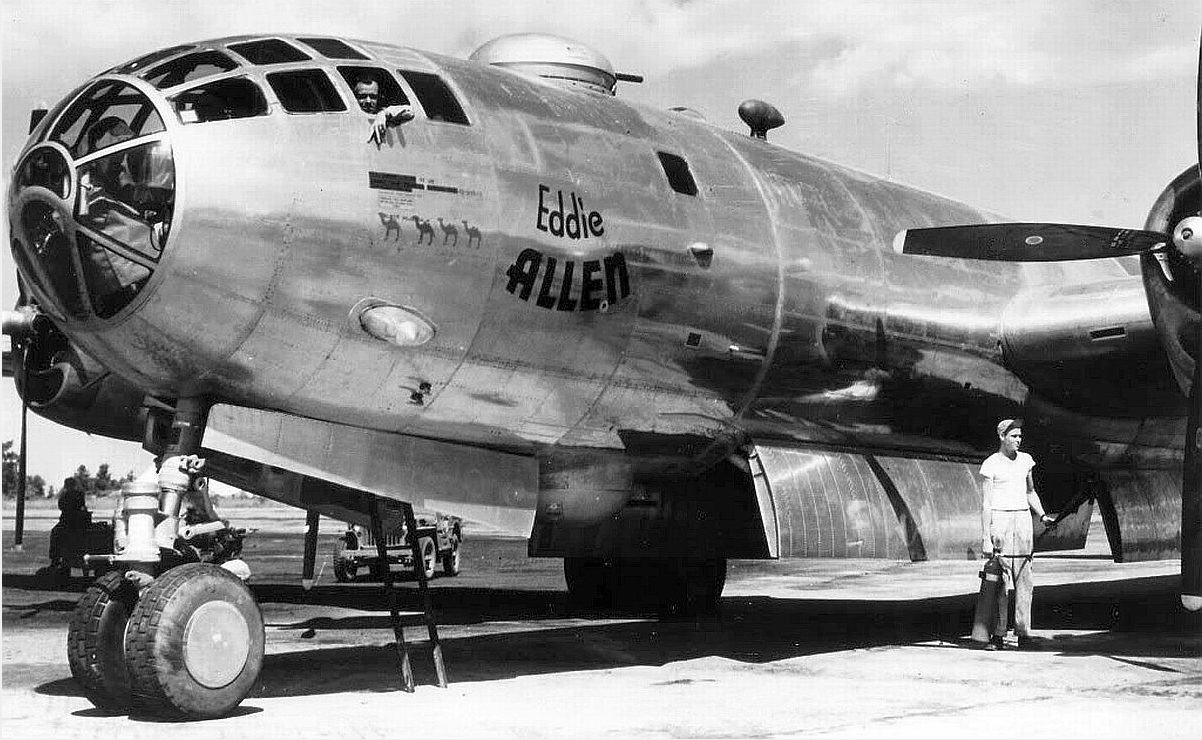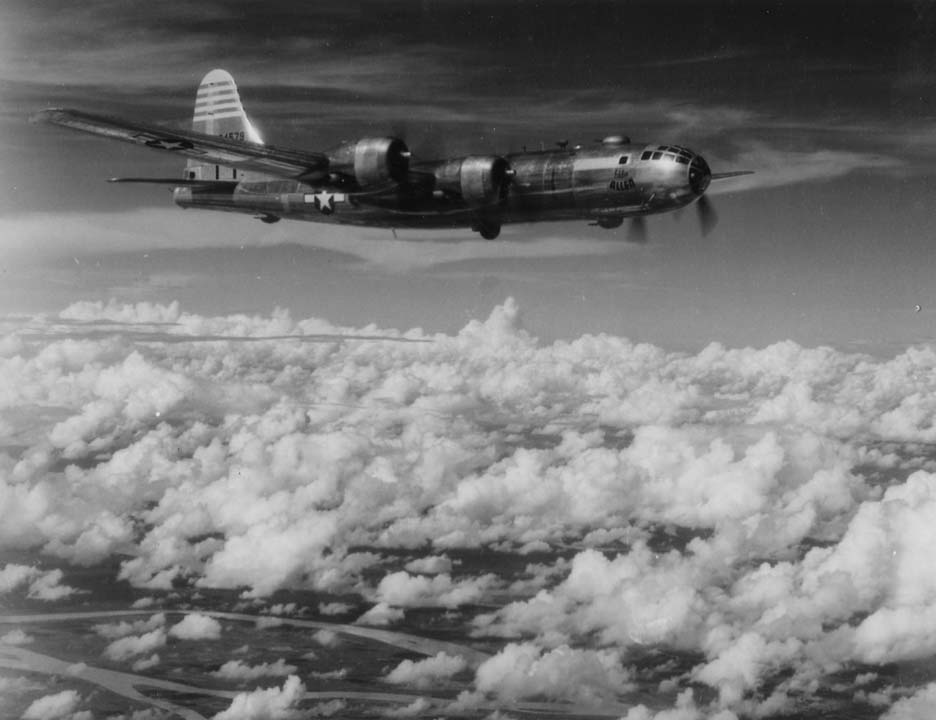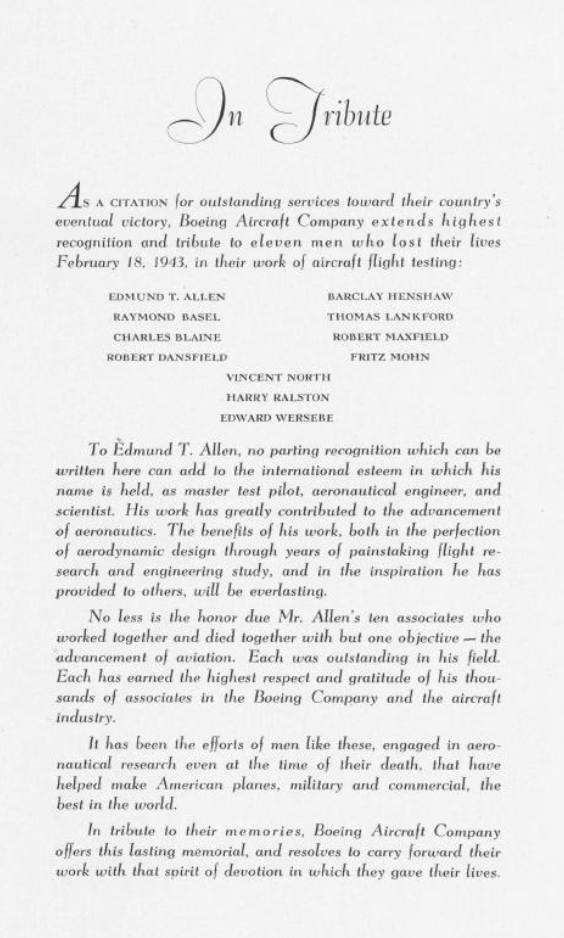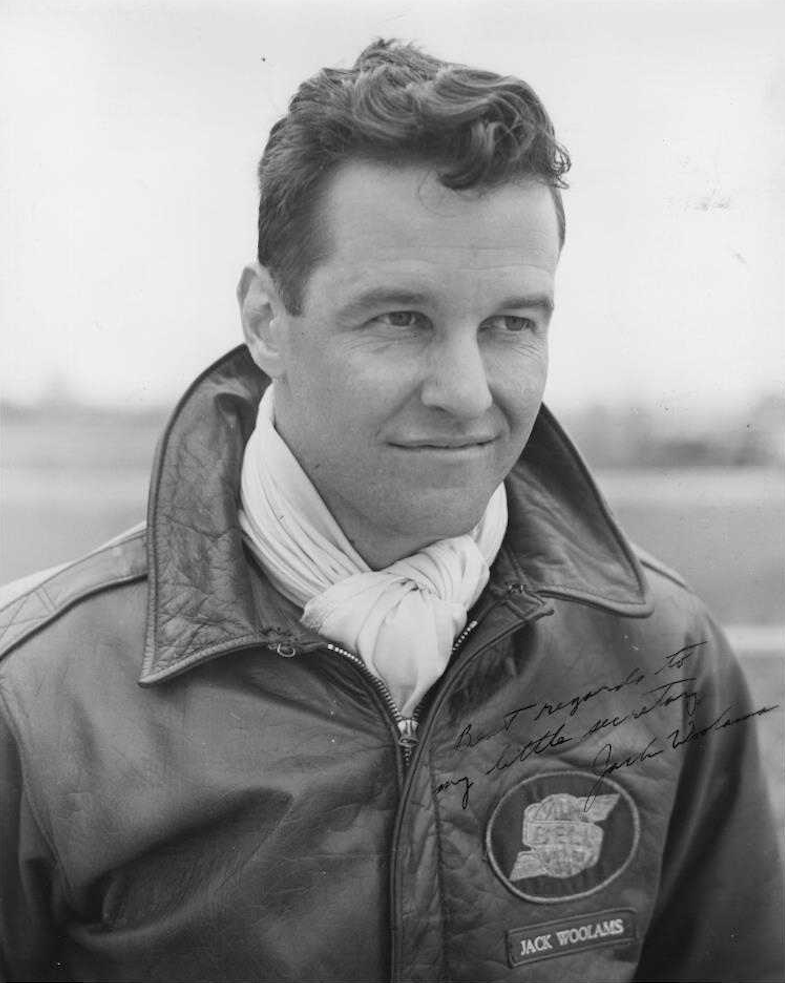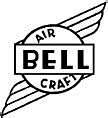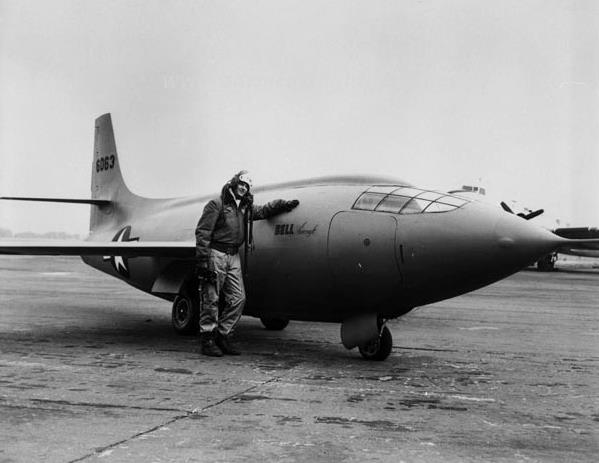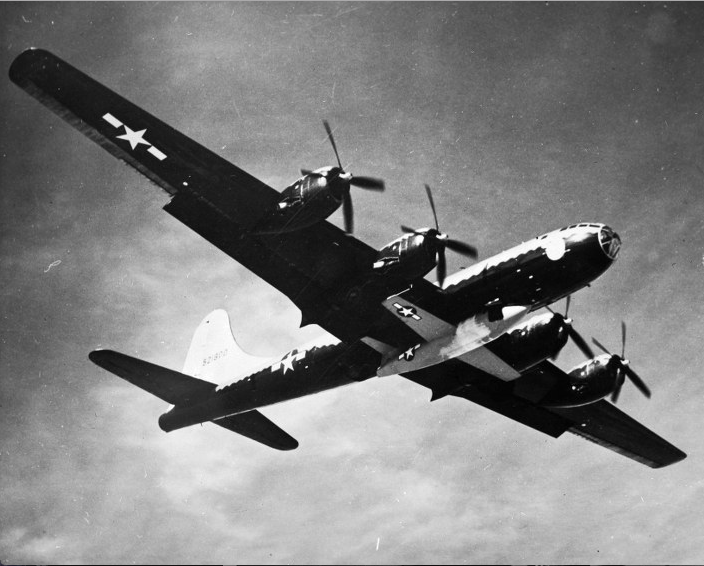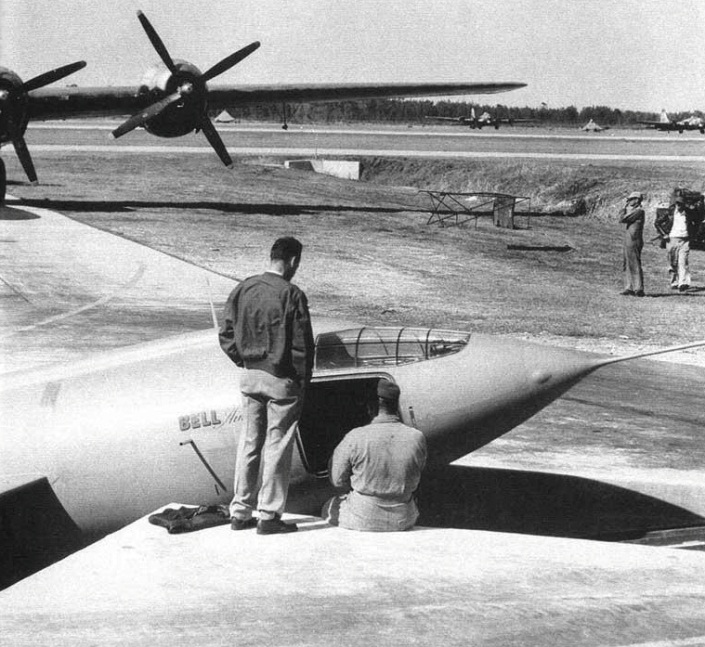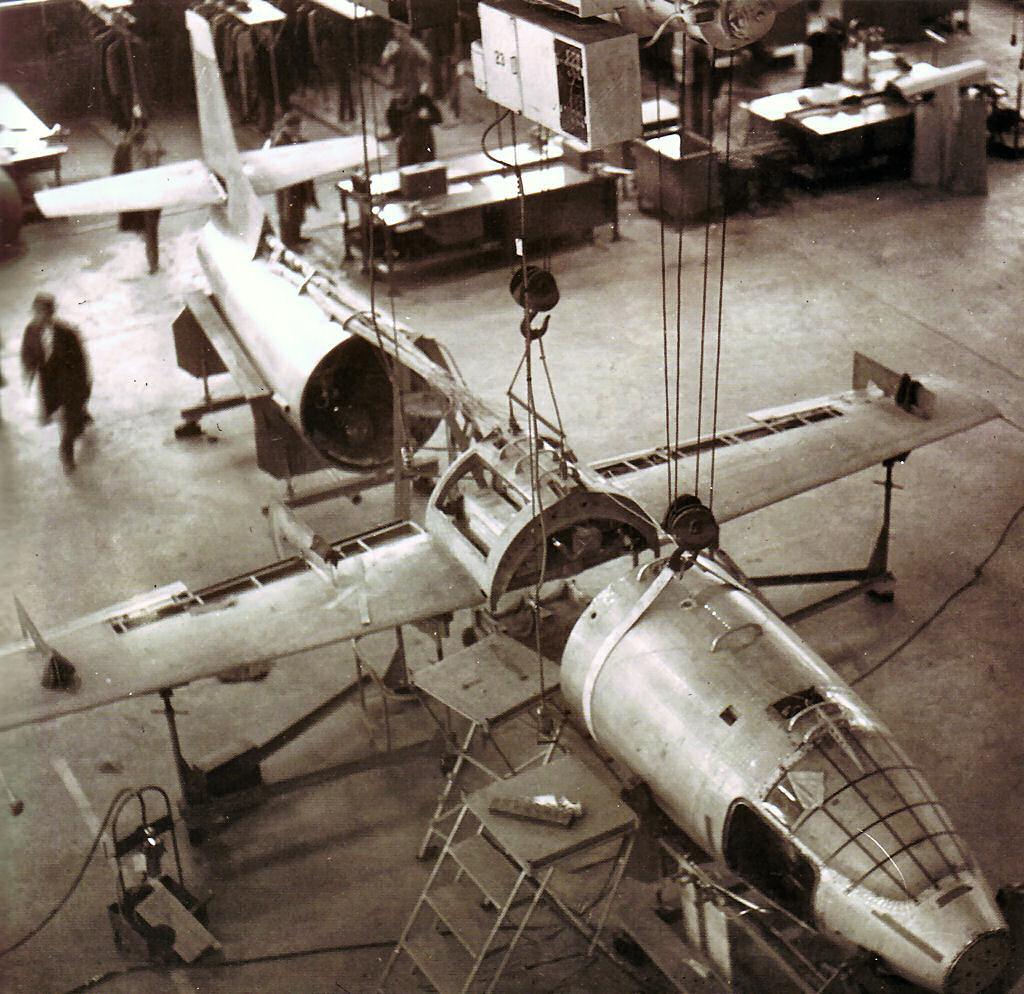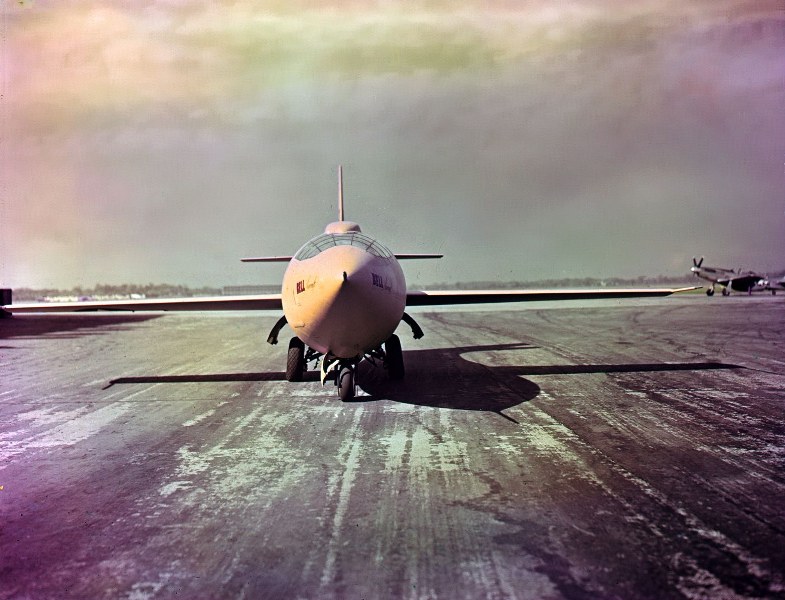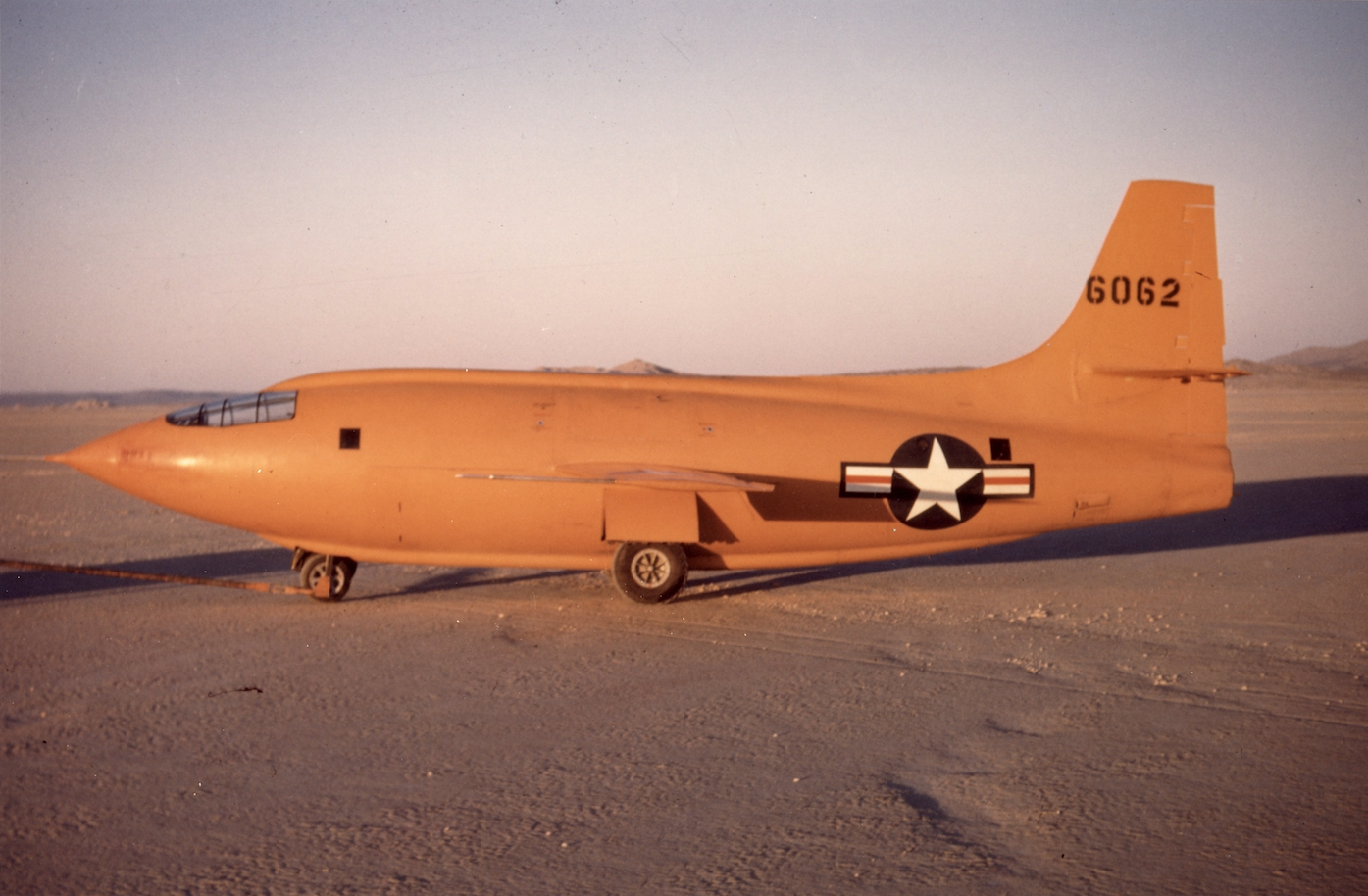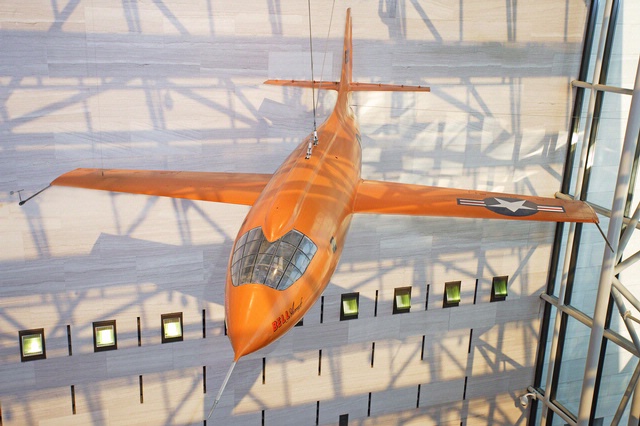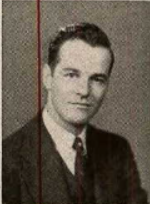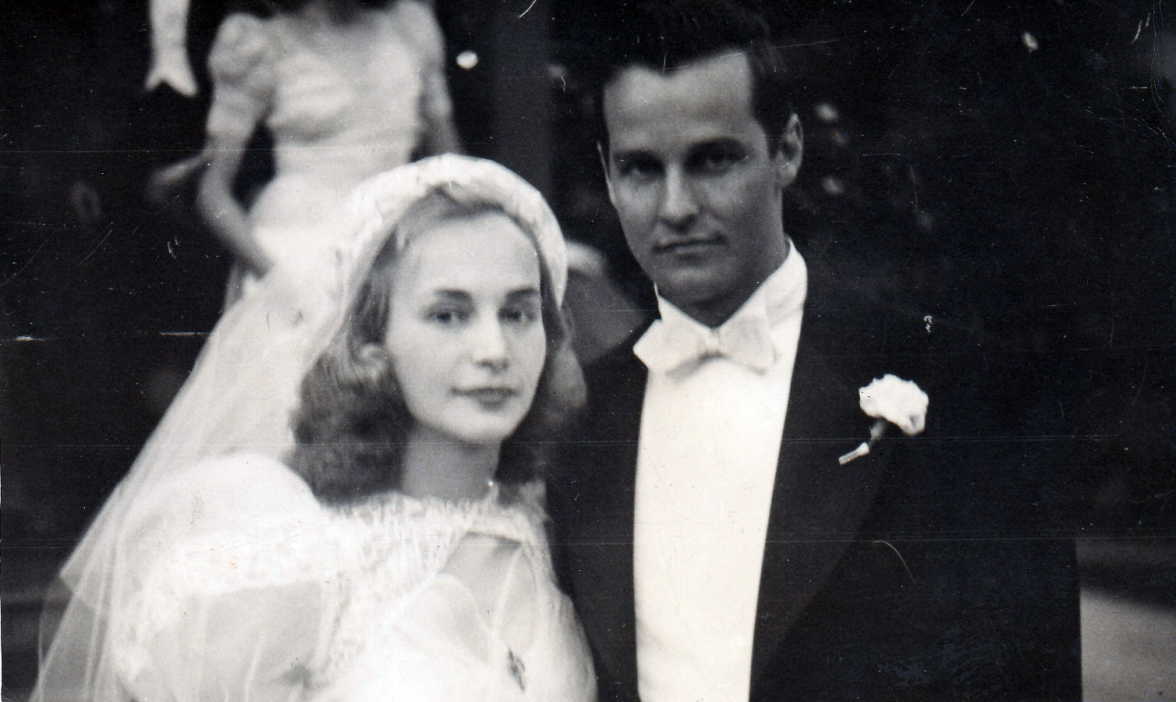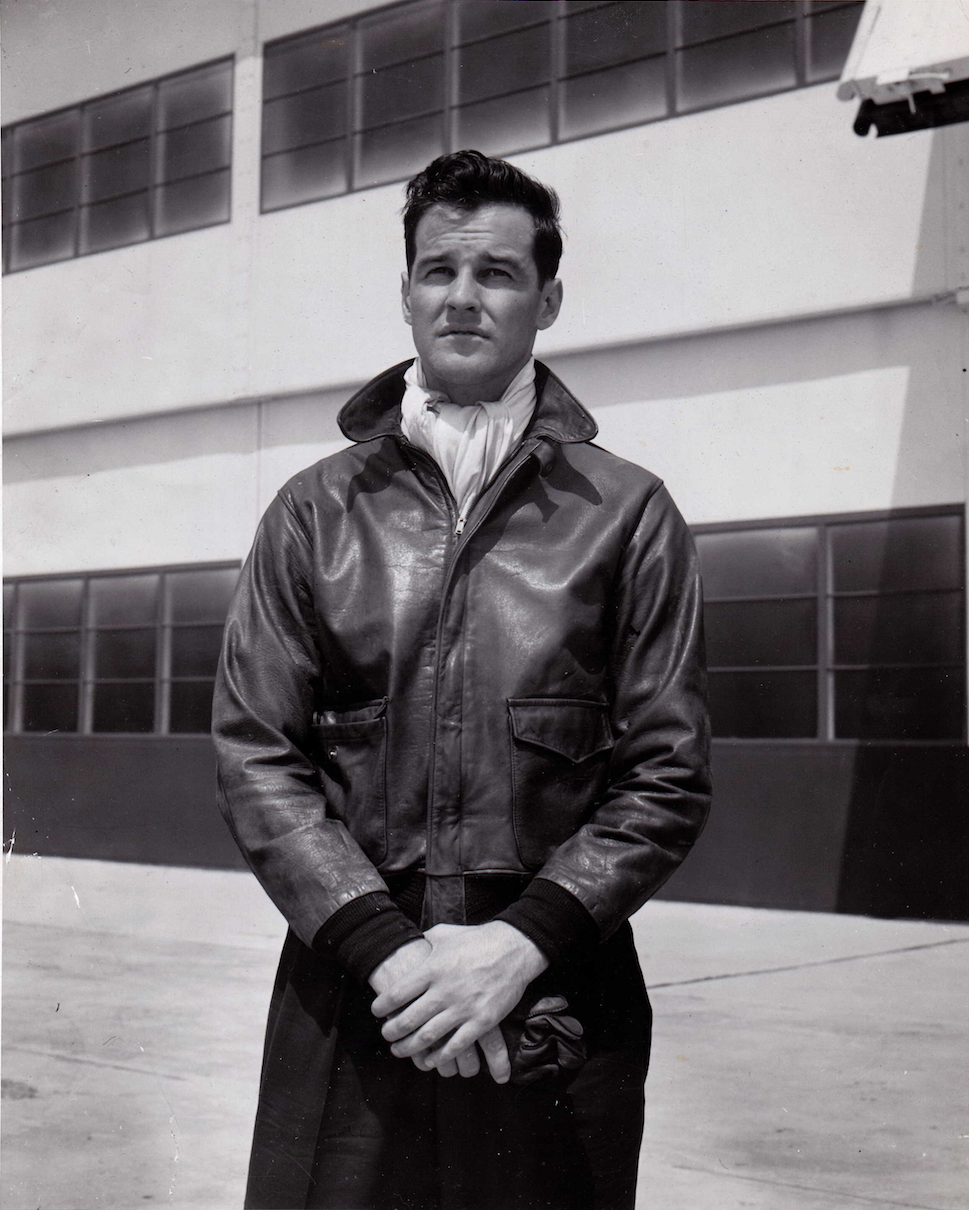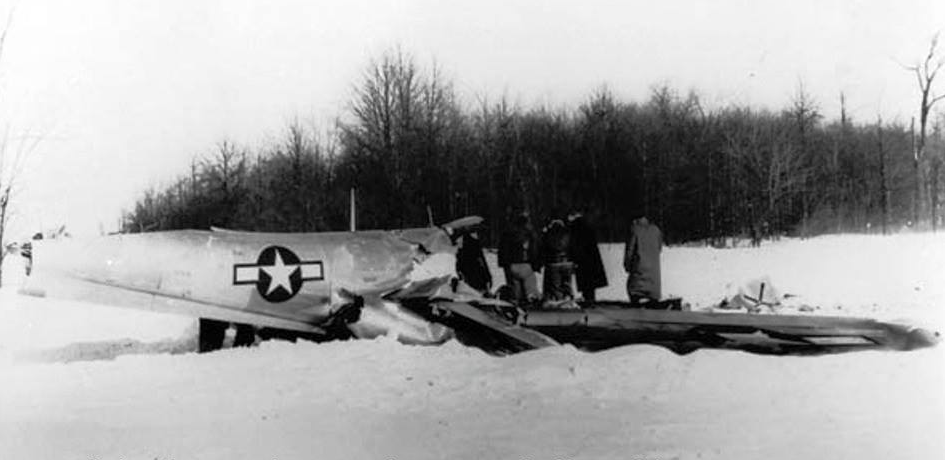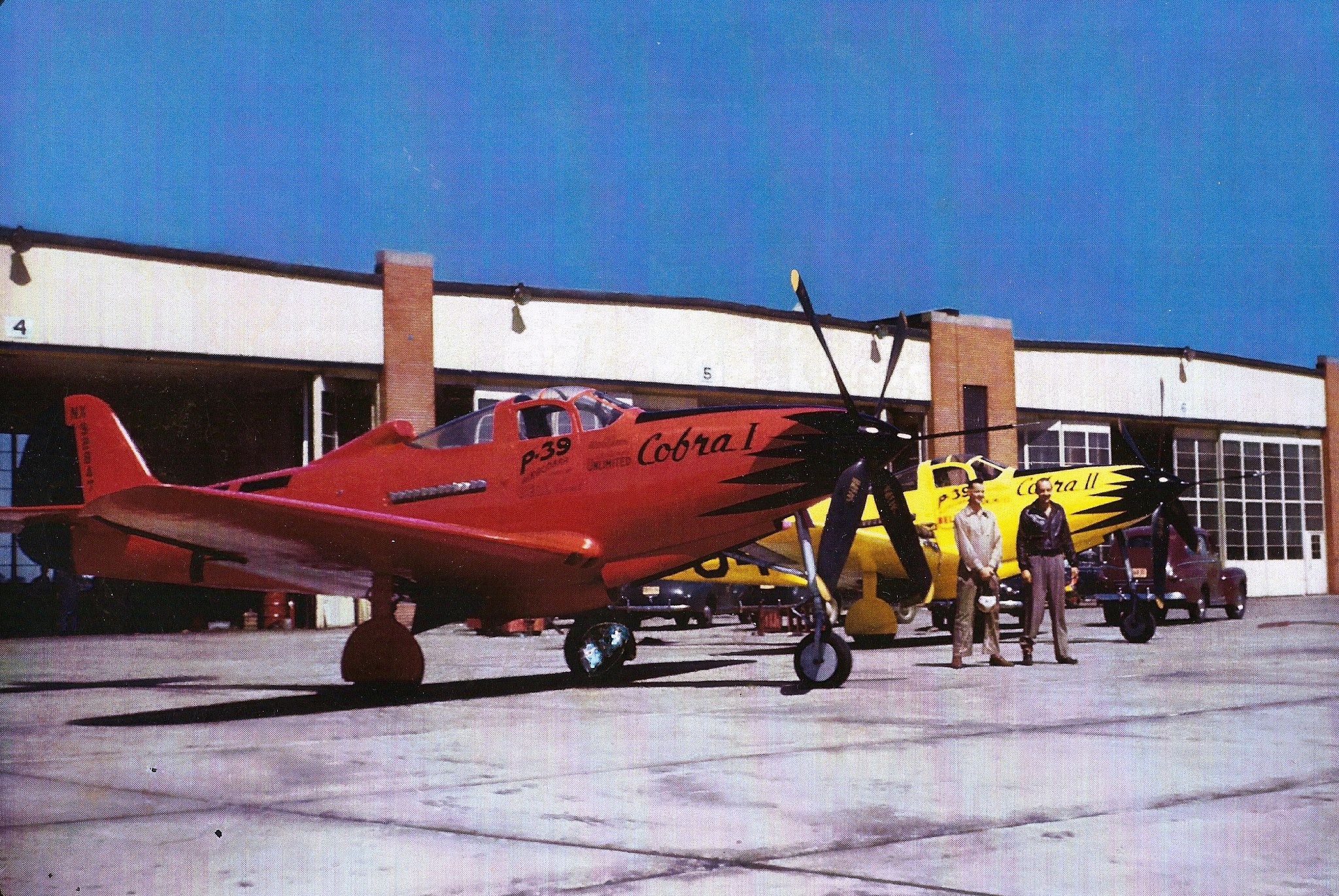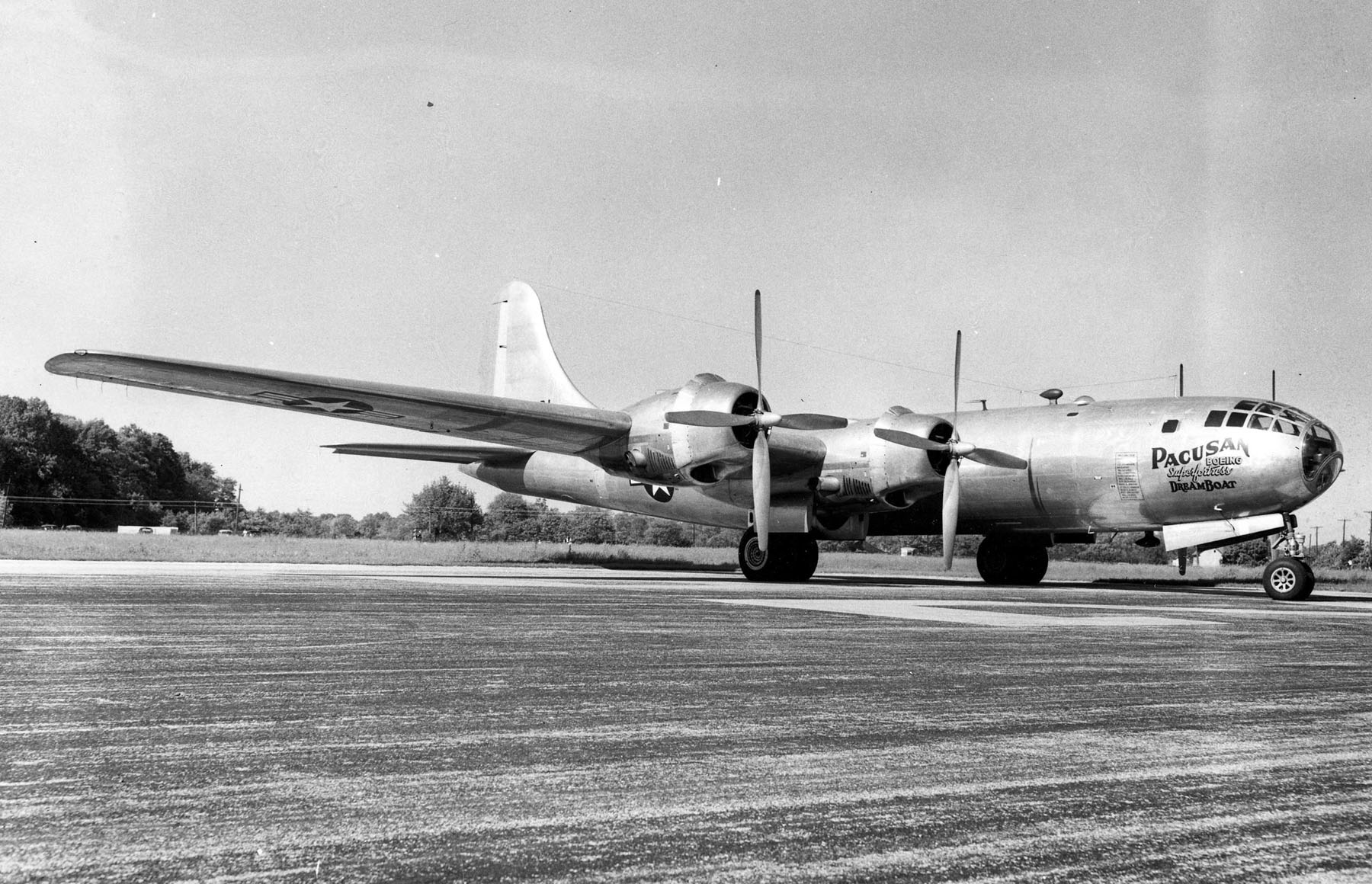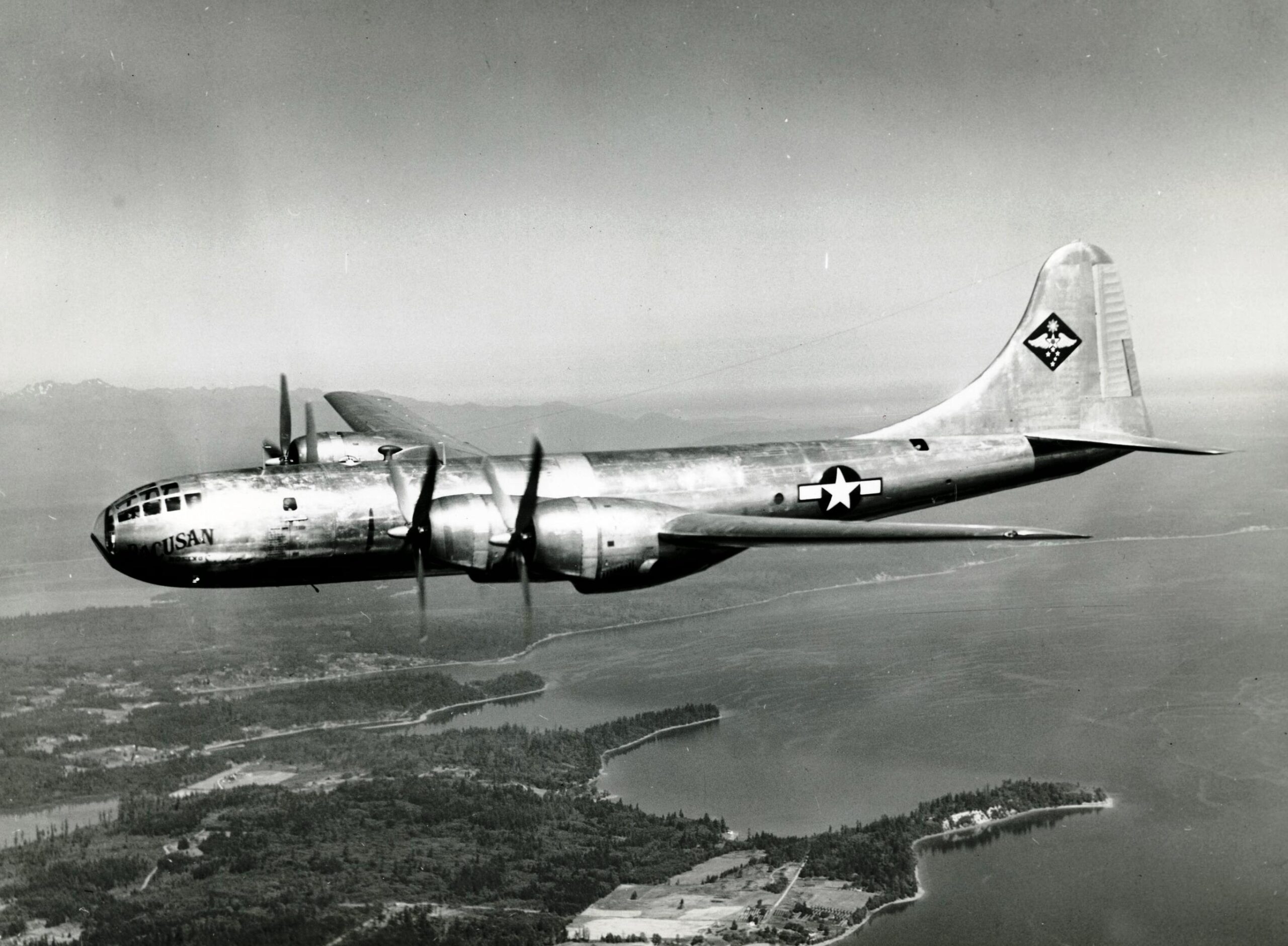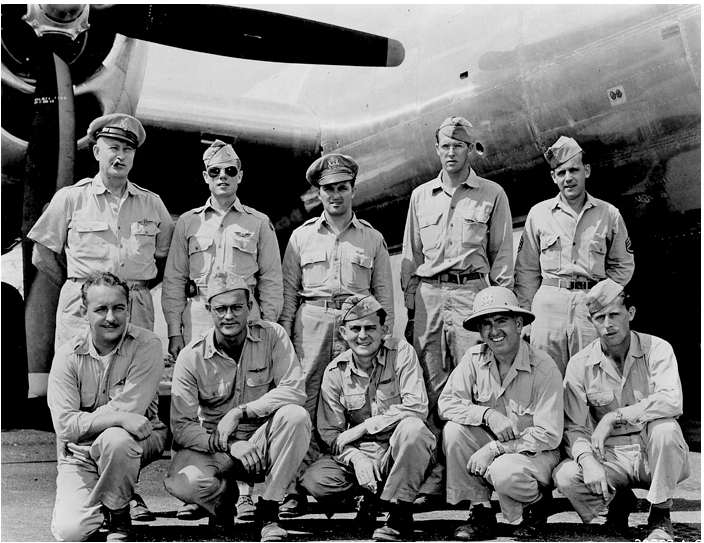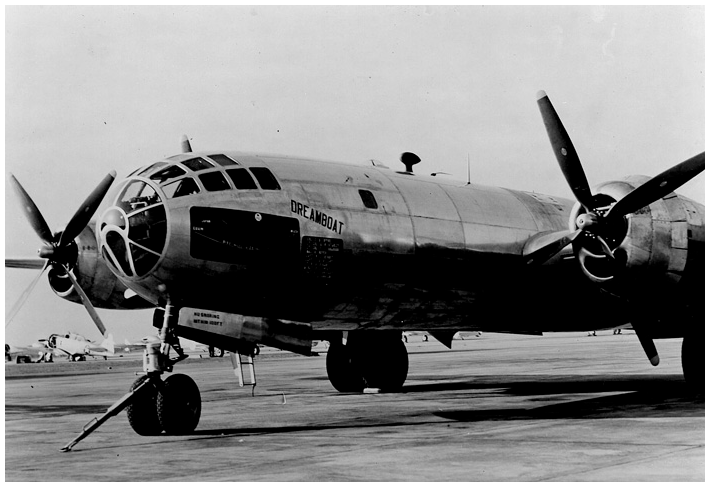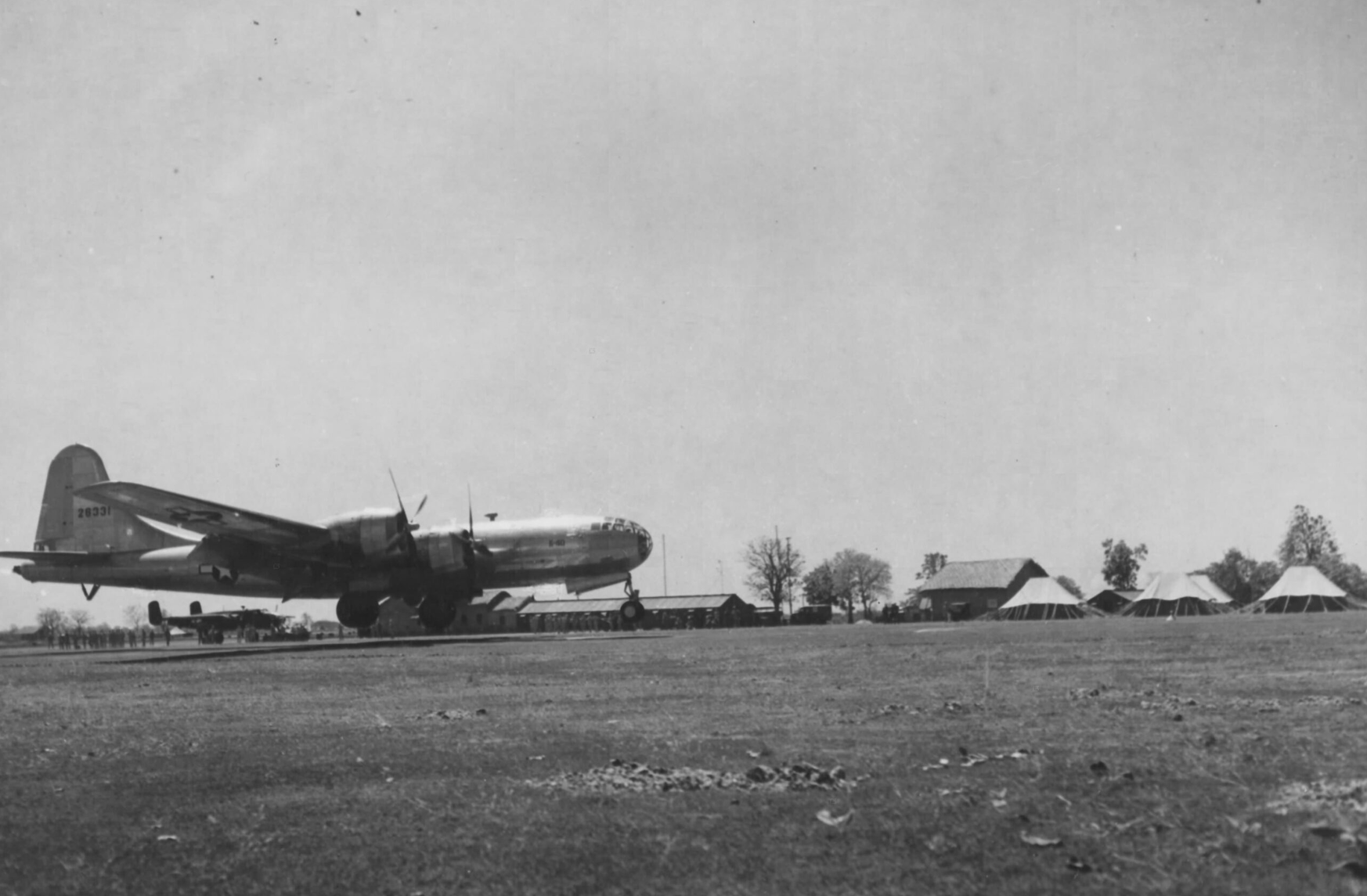
2 April 1944: The first Boeing B-29 Superfortess to arrive in the China-Burma-India Theater was B-29-10-BW 42-6331, Gone With The Wind, under the command of Colonel Leonard F. Harman, commanding officer, 58th Bombardment Wing (Very Heavy). 42-6331 landed at Chukulia Airfield, south west of Chukulia, India, after a 7-day journey. 42-6331 had departed Pratt Army Airfield, about 45 miles (72 kilometers) west of Wichita, Kansas, on the morning of 26 March 1944.
From Kansas, Gone With The Wind flew non-stop to Gander, Newfoundland. It then crossed the Atlantic Ocean to Marrakesh, Morocco, on the northwest shoulder of the African Continent. Next, the B-29 crossed North Africa to John Payne Field at Cairo, Egypt, and then on to Karachi, India (now, Pakistan). The final leg was to Chikulia, in the Purbi Singhbum District of the State of Jharkhand, India.

Gene Gurney wrote:
“According to schedule, all the B-29s were to arrive between the first and the fifteenth of April. At noon, Sunday, April 2, at Chikulia, General Kenneth B. Wolfe, commander of the 20th, and his staff assembled to await the arrival of Harman’s plane. Twice before false alarms had brought them rushing to base operations, but this time Colonel Harman himself had radioed his ETA—estimated time of arrival. Because this was a “historic” first, public relations officers staged an elaborate welcome with a fighter escort aloft and reporters and photographers on the ground. Suspense, mounting by the minute, burst in a roar when the plane was spotted in the west. It flew steadily in, buzzed the field in a thunderous earth-shaking dive, swung around and settled smoothly on the long runway. Jake Harman and the crew of his Number 663 slid out of the silver belly to the enthusiastic greetings of the administrative, ground and maintenance men of Chikulia.”
—B-29 Story: The Plane That Won The War, by Gene Gurney, Fawcett Publications, 1963
By May 1944, more than 120 Superfortresses had arrived in the CBI Theater. Their first combat mission took place on 5 June 1944.
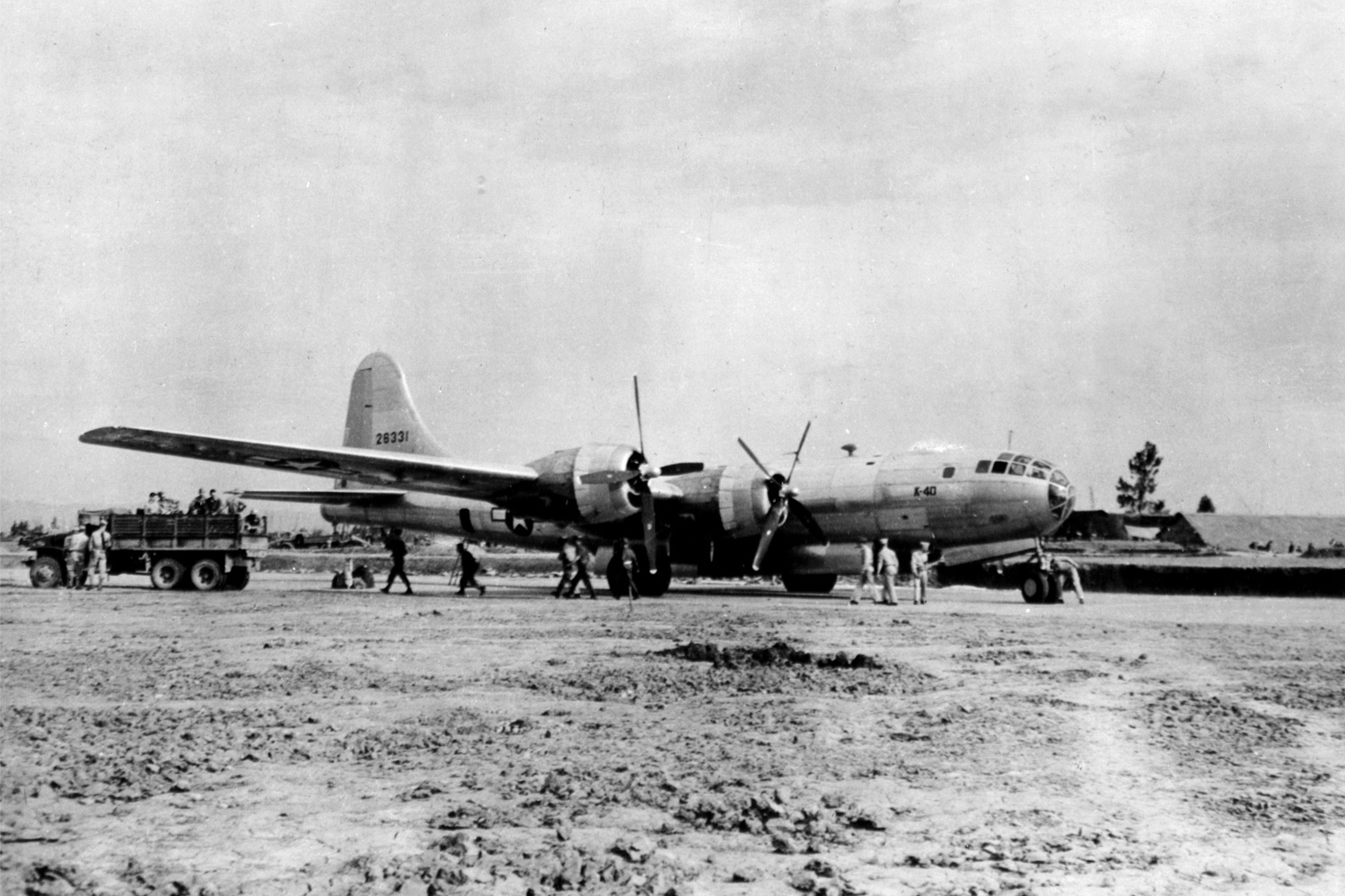
42-6331 (Boeing serial number 3465) was a B-29-10-BW Superfortress which had been built at Boeing’s Wichita, Kansas, Plant II. It was delivered to the United States Army Air Forces 28 January 1944, and assigned to the 25th Bombardment Squadron (Very Heavy), 40th Bombardment Wing (Very Heavy), 58th Bombardment Wing (Very Heavy) at Pratt Army Air Field, Kansas.
After a number of combat missions, Gone With the Wind was modified to transport gasoline over the Himalaya Mountains to forward air bases in China.
On the night of 21 December 1944, Major Robert E. Moss, 45th Bombardment Squadron (Very Heavy), 40th Bombardment Group (Very Heavy), was flying Gone With The Wind near the port city of Chittagong, Burma. A Royal Air Force Bristol Beaufighter Mk VI D, E8710, flown by Squadron Leader R. R. Morrison, No. 89 Squadron, was vectored to intercept the bomber by ground controllers. Approaching from down moon, Morrison did not recognize the aircraft as an Allied B-29. He fired several bursts while closing from 700 to 500 feet (213 to 152 meters) and observed strikes along the center of the fuselage. The bomber’s fuel tanks caught fire. All 11 members of the bomber’s crew were able to escape, but the navigator, 1st Lieutenant David Lustig, was killed when his parachute did not open. 42-6331 crashed into the Bay of Bengal. The ten survivors were rescued. (MACR 10589)
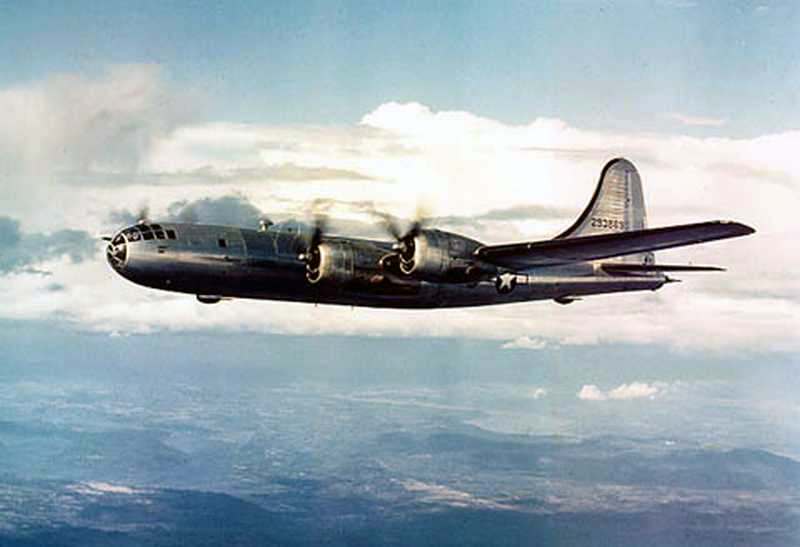
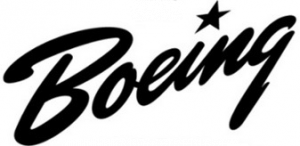 The B-29 Superfortress was the most technologically advanced—and complex—aircraft of World War II. It required the manufacturing capabilities of the entire nation to produce. Over 1,400,000 engineering man-hours had been required to design the prototypes.
The B-29 Superfortress was the most technologically advanced—and complex—aircraft of World War II. It required the manufacturing capabilities of the entire nation to produce. Over 1,400,000 engineering man-hours had been required to design the prototypes.
The Superfortress was manufactured by Boeing at Seattle and Renton, Washington, and Wichita, Kansas; by the Glenn L. Martin Company at Omaha, Nebraska; and by Bell Aircraft Corporation, Marietta, Georgia.
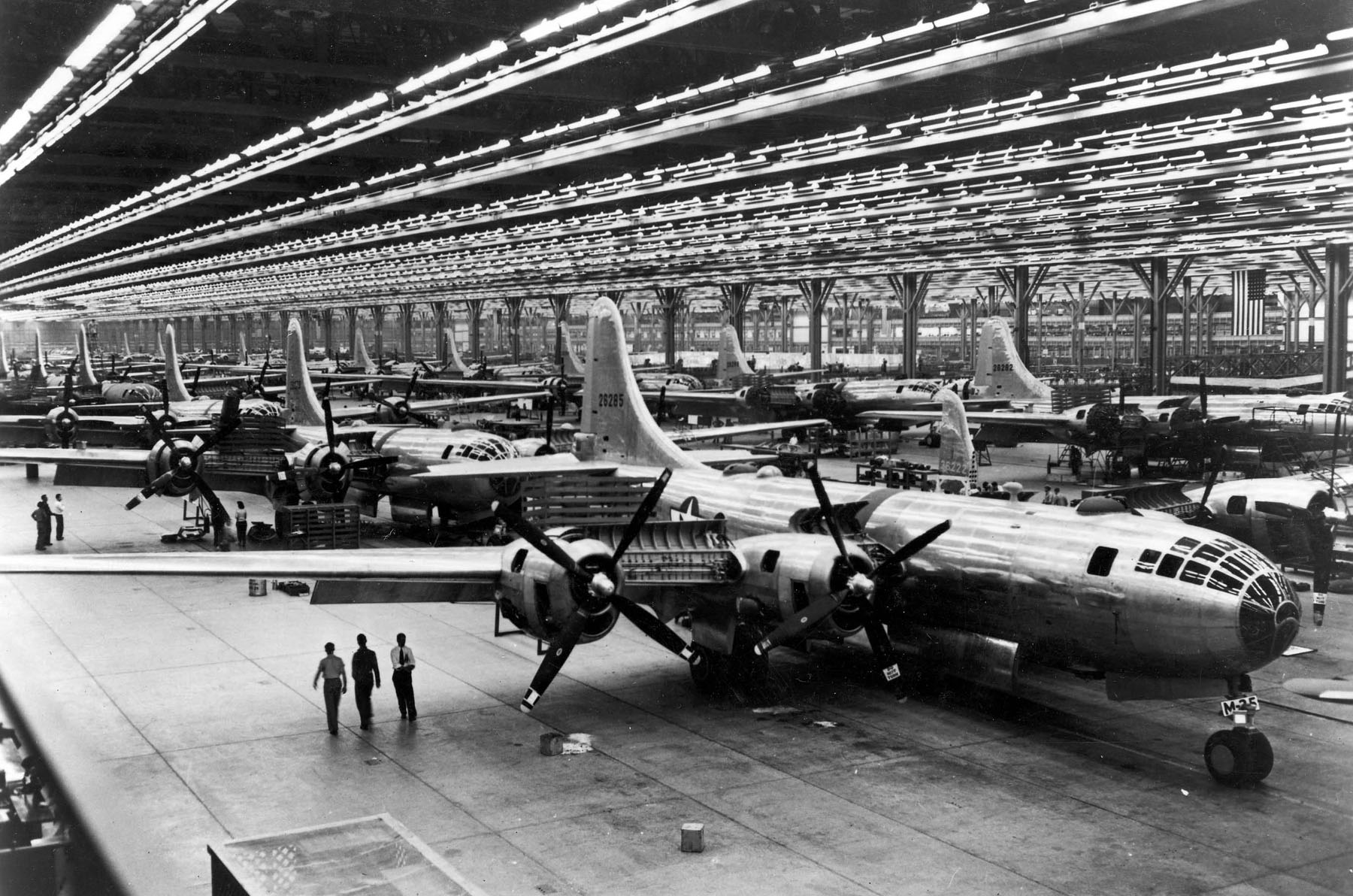
There were three XB-29 prototypes, 14 YB-29 pre-production test aircraft, 2,513 B-29 Superfortresses, 1,119 B-29A, and 311 B-29B aircraft. The bomber served during World War II and the Korean War and continued in active U.S. service until 1960. In addition to its primary mission as a long range heavy bomber, the Superfortress also served as a photographic reconnaissance airplane, designated F-13, a weather recon airplane (WB-29), and a tanker (KB-29).
The B-29 was operated by a crew of 11 to 13 men. It was 99 feet, 0 inches (30.175 meters) long with a wingspan of 141 feet, 3 inches (43.068 meters). The vertical fin was 27 feet, 9 inches (8.305 meters) high. The airplane’s empty weight was 71,500 pounds (32,432 kilograms). Its maximum takeoff weight of 140,000 pounds (63,503 kilograms).
The B-29’s wings had a total area of 1,720 square feet (159.8 square meters). They had an angle of incidence of 4° and 4° 29′ 23″ dihedral. The leading edges were swept aft to 7° 1′ 26″.
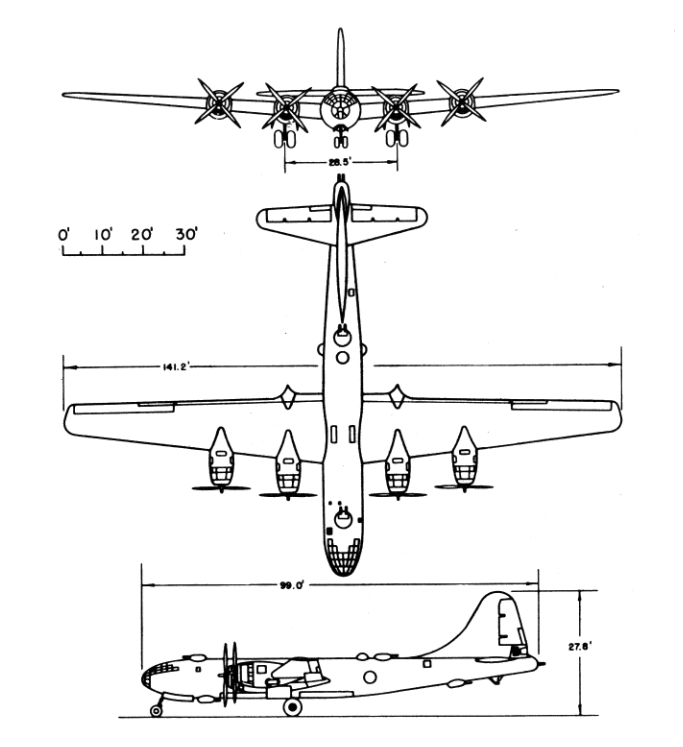
 The B-29 was powered by four air-cooled, turbocharged and supercharged, 3,347.66-cubic-inch-displacement (54.858 liter) Wright Aeronautical Division Cyclone 18 (also known as the Duplex-Cyclone) 670C18BA4 (R-3350-23A) two-row, 18-cylinder radial engines with a compression ration of 6.85:1. These engines had a Normal Power rating of 2,000 horsepower at 2,400 r.p.m., and 2,200 horsepower at 2,800 r.p.m., for takeoff. They drove 16 foot, 7 inch (5.055 meter) diameter, four-bladed, Hamilton Standard constant-speed propellers through a 0.35:1 gear reduction. The R-3350-23A was 6 feet, 4.26 inches (1.937 meters) long, 4 feet, 7.78 inches (1.417 meters) in diameter and weighed 2,646 pounds (1,200 kilograms).
The B-29 was powered by four air-cooled, turbocharged and supercharged, 3,347.66-cubic-inch-displacement (54.858 liter) Wright Aeronautical Division Cyclone 18 (also known as the Duplex-Cyclone) 670C18BA4 (R-3350-23A) two-row, 18-cylinder radial engines with a compression ration of 6.85:1. These engines had a Normal Power rating of 2,000 horsepower at 2,400 r.p.m., and 2,200 horsepower at 2,800 r.p.m., for takeoff. They drove 16 foot, 7 inch (5.055 meter) diameter, four-bladed, Hamilton Standard constant-speed propellers through a 0.35:1 gear reduction. The R-3350-23A was 6 feet, 4.26 inches (1.937 meters) long, 4 feet, 7.78 inches (1.417 meters) in diameter and weighed 2,646 pounds (1,200 kilograms).
The maximum speed of the B-29 was 353 knots (406 miles per hour/654 kilometers per hour) at 30,000 feet (9,144 meters), though its normal cruising speed was 216 knots (249 miles per hour/400 kilometers per hour) at 25,000 feet (7,620 meters). The bomber’s service ceiling was 40,600 feet (12,375 meters) and the maximum ferry range was 4,492 nautical miles (5,169 statute miles/8,319 kilometers).

The Superfortress could carry a maximum of 20,000 pounds (9,072 kilograms) of bombs in two bomb bays. For defense, it was armed 12 Browning AN-M2 .50-caliber machine guns in four remotely-operated and computer-controlled gun turrets and a manned tail position. The bomber carried 500 rounds of ammunition per gun. (Some B-29s were also armed with an M2 20 mm autocannon at the tail.)
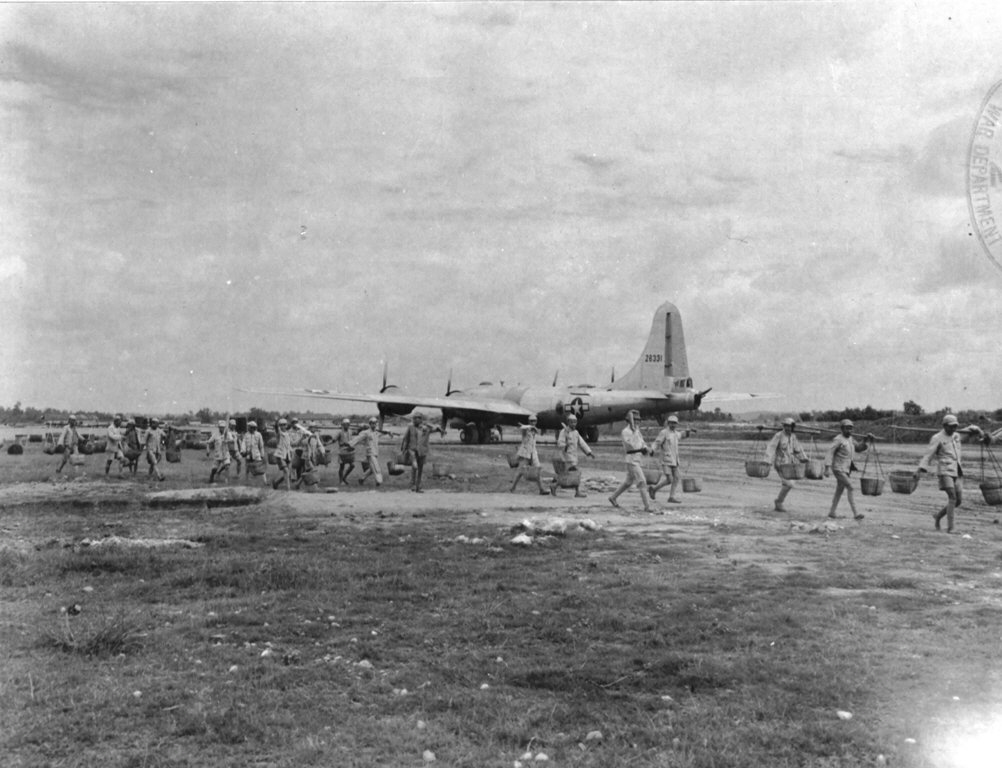
A number of B-29 Superfortresses are on display at locations around the world, but only two, the Commemorative Air Force’s B-29A-60-BN 44-62070, Fifi, and B-29-70-BW 44-69972, Doc, owned by Doc’s Friends, Inc., are airworthy.
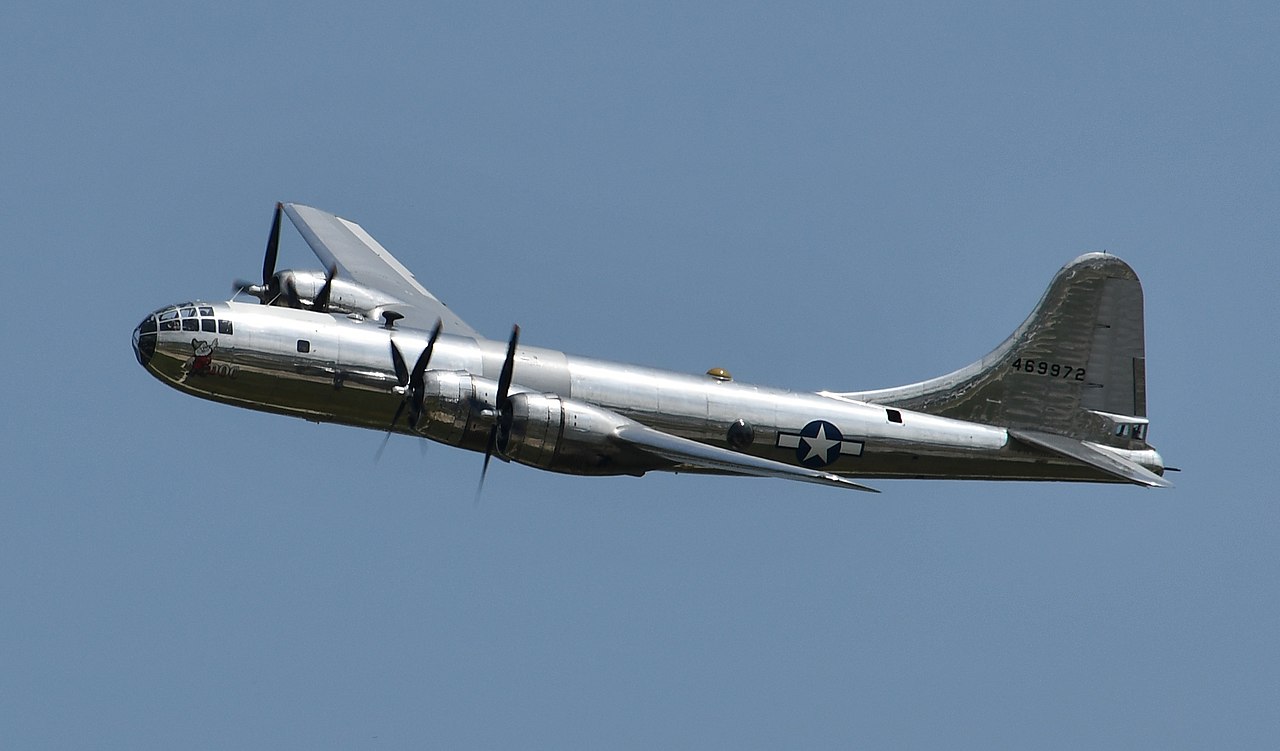
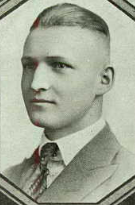
Leonard Franklin Harman was born at Auburn, Nebraska, 22 December 1902. He was the second of three children of William Bascomb Harman, an insurance agent, and Georgia Eva Horn Harman. The Harman family later moved to Boise, Idaho, where Leonard grew up. He attended Boise High School, graduating in 1921.
On 28 February 1928, Harman joined the U.S. Army Air Corps as a Flying Cadet. He was trained as a pilot at air fields in Texas. He graduated from the Air Corps Primary Flying School in 1928, and the Advanced Flying School’s Bombardment Course in 1929. Leonard Harman was commissioned a second lieutenant, Air Reserve, 28 February 1929. He was then assigned to active duty, 1 March–11 June 1929.
Harman received a commission as a second lieutenant, United States Army Air Corps, 2 May 1929.
In 1929, Lieutenant Harman married Miss Ruth Isabelle Veasey (1904–1999). They would have a daughter, Helen Jean Harman (1930– ).
Second Lieutenant Harman graduated from the Air Corps Engineering School in 1932. The following year, he received a Bachelor of Science Degree in Mechanical Engineering (BSME) from the University of Idaho.
From 19 July to 20 August 1934, Harman participated in the Air Corps’ Alaska Flight, in which ten Martin B-10 bombers under the command of Lieutenant Colonel Henry Harley (“Hap”) Arnold were flown from Bolling Field, Washington, D.C., to Fairbanks, Alaska. For the next month, numerous flights were made over Alaska, including photographing 23,000 square miles (59,570 square kilometers) of the territory. The trip crossed more than 7,000 miles (11,265 kilometers). (Arnold was awarded the Mackay Trophy for this operation. He later served in the five-star rank General of The Army and General of the Air Force.)
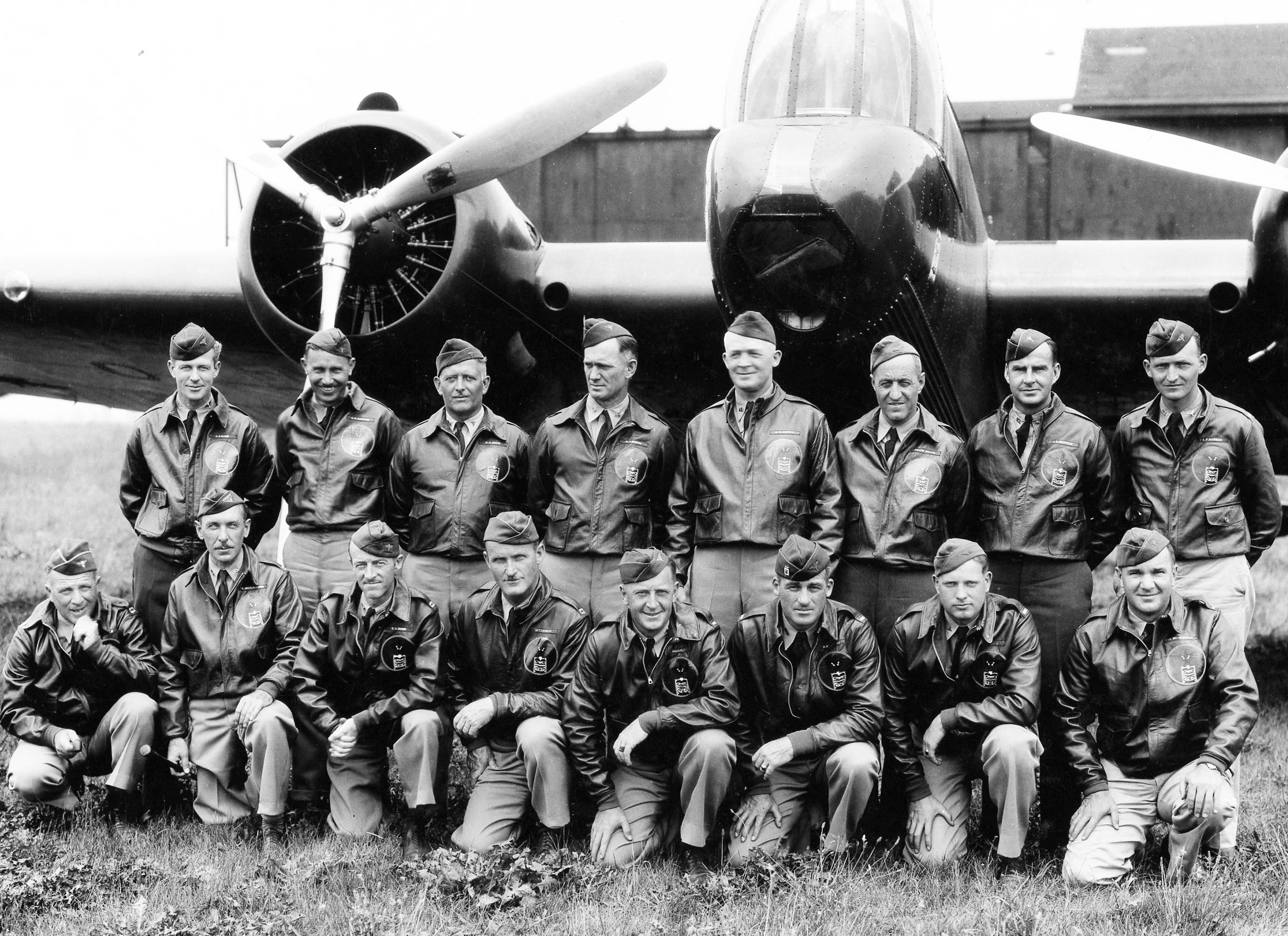
Harman was promoted to the rank of first lieutenant, 1 October 1934.
Lieutenant Harman was at Wright Field, northeast of Dayton, Ohio, on 30 October 1935 when the prototype Boeing XB-17 crashed after takeoff. With the B-17 on fire, Lieutenants Harman and Robert Kinnaird Giovannoli pulled survivors from the wreckage.
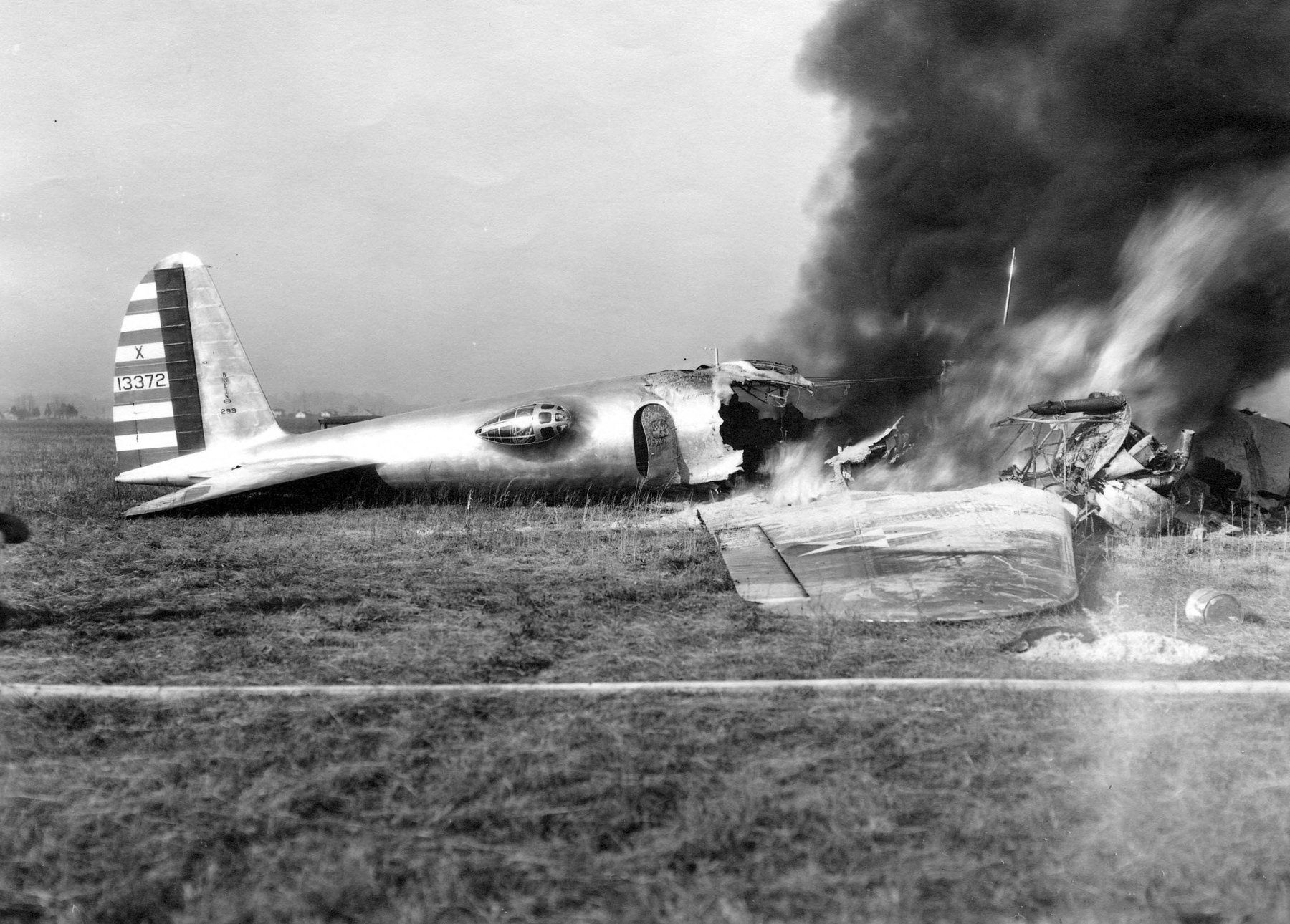
Both Harman and Giovannoli were awarded the Soldier’s Medal, the Army’s highest award for valor in a non-combat situation. “The Soldier’s Medal is awarded to any person of the Armed Forces of the United States or of a friendly foreign nation who, while serving in any capacity with the Army of the United States, including Reserve Component soldiers not serving in a duty status at the time of the heroic act, distinguished himself or herself by heroism not involving conflict with an enemy. The performance must have involved personal hazard or danger and the voluntary risk of life under conditions not involving conflict with an armed enemy. Awards will not be made solely on the basis of having saved a life.”
Lieutenant Harman’s citation reads: “The President of the United States of America, authorized by Act of Congress, July 2, 1926, takes pleasure in presenting the Soldier’s Medal to First Lieutenant (Air Corps) Leonard F. Harman, United States Army Air Corps, for heroism, not involving actual conflict with an enemy, displayed at Wright Field, Dayton, Ohio, 30 October 1935. When a Boeing experimental bomber crashed and burst into flames, Lieutenant Harman forced his way upon the fuselage of the burning plane and assisted in the removal of the pilot and a passenger, despite the knowledge that his own life was in constant peril from fire, smoke, and fuel explosions. During the performance of the act, Lieutenant Harman suffered severe burns.”
Harman had crawled into the XB-17’s cockpit and freed the feet of Major Ployer P. Hill, which were caught in the bomber’s rudder pedals. Both Harman and Giovannoli were treated at the base hospital for 1st and 2nd degree burns, then transferred to the Miami Valley Hospital. Harman was presented the Soldier’s Medal by Major General William E. Cole, Commanding General, Fifth Corps, United States Army, at Wright Field on 12 May 1936. (Lieutenant Giovannoli was killed in the crash of a Boeing P-26 at Logan Field, near Baltimore, Maryland, 8 March 1936, before he could be presented with his medal.)
In 1939, Harman attended the Air Corps Tactical School at Maxwell Field, Montgomery, Alabama. On 2 May 1939, he was promoted to the rank of captain.
Captain Harman was promoted to the temporary rank of major, U.S. Army Air Corps, 15 March 1941. On 10 October 1941, he was appointed a major in the Army of the United States (A.U.S.). Shortly after the United States entered World War II, on 5 January 1942, Harman was advanced to the temporary rank of lieutenant colonel, U.S. Army Air Forces, followed on 1 February 1942 by his promotion to lieutenant colonel, A.U.S. On 1 March 1942, he was promoted to colonel, A.U.S.
Throughout 1942 and 1943, Colonel Harman was very involved in the program to bring the Boeing B-29 Superfortress into production and active service in the War. On 27 November 1943, Colonel Harman was assigned Commander, 58th Bombardment Wing (Very Heavy) at Smoky Hill Army Air Field, Salina, Kansas.
On 15 June 1944, Colonel Harman lead 75 Twentieth Air Force B-29s on the first air raid against Japan since the Halsey-Doolittle Raid of 18 April 1942. The target was the Imperial Iron and Steel Works at Yawata, in northern Kyushu.
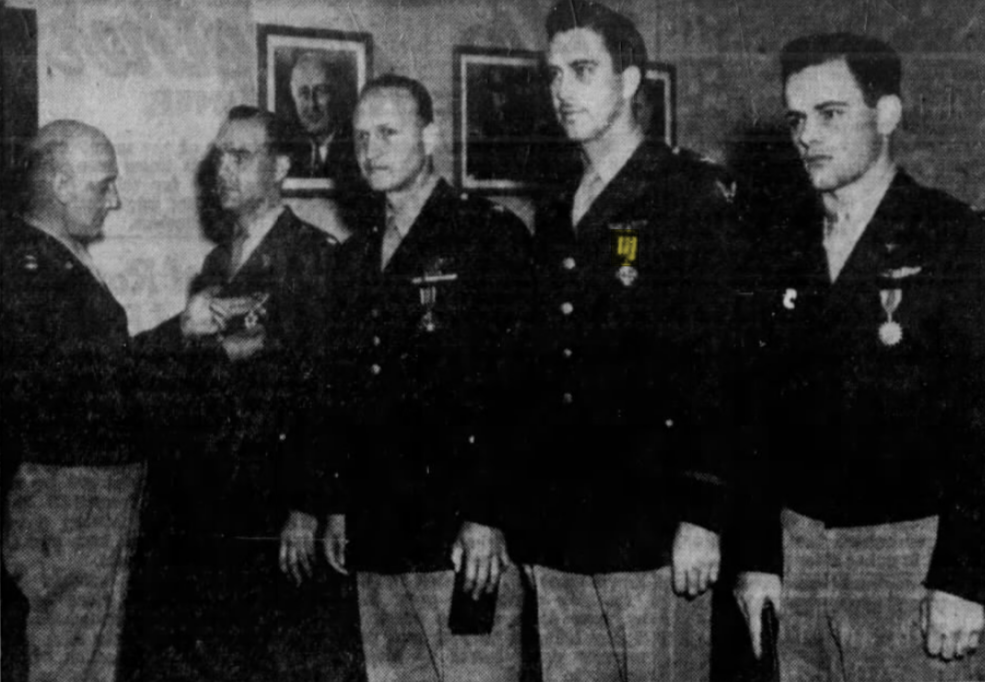
On 4 April 1945, Major General Kenneth Bonner Wolfe, who had met Colonel Harman when he arrived in India, 2 April 1944, presented him with the Distinguished Flying Cross for “a lone B-29 flight without fighter escort over enemy-occupied territory,” 7 July 1944.
Following the end of the War, on 2 May 1946 Harman reverted to his permanent Army Air Forces rank of major.
Having suffered a disability in the line of duty, on 30 November 1946, Harman retired from the U.S. Army Air Forces with the permanent rank of colonel.
During his military career, Colonel Harman had been awarded the Legion of Merit, the Distinguished Flying Cross and the Soldier’s Medal. He was rated a command pilot and command aerial observer.
Leonard Franklin Harman died at Laguna Hills, California, 2 March 1977, at the age of 74 years. After a memorial service held at MCAS El Toro, in southern California, his remains were cremated.
© 2023, Bryan R. Swopes
